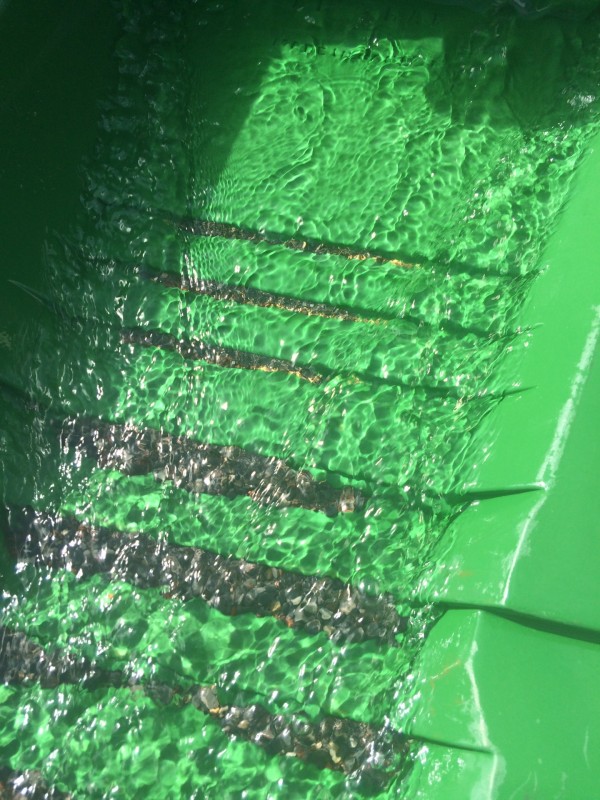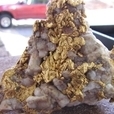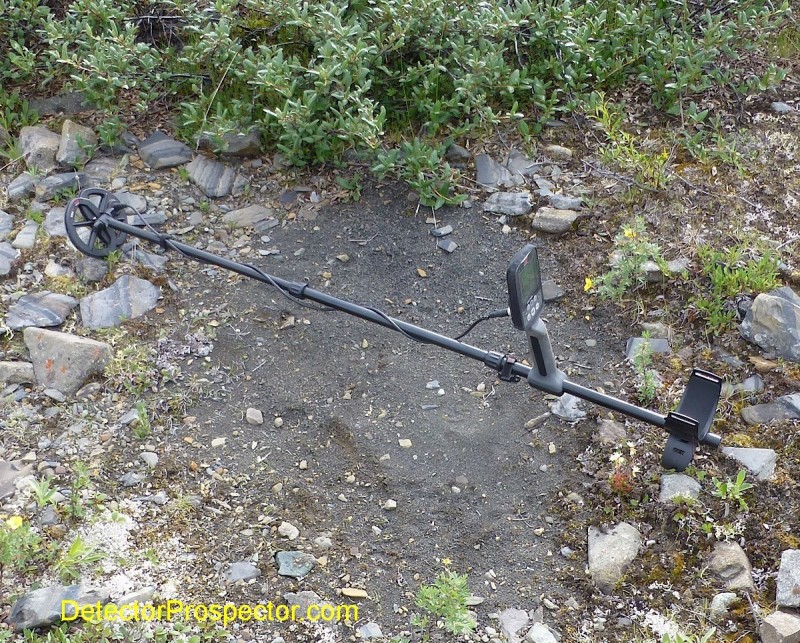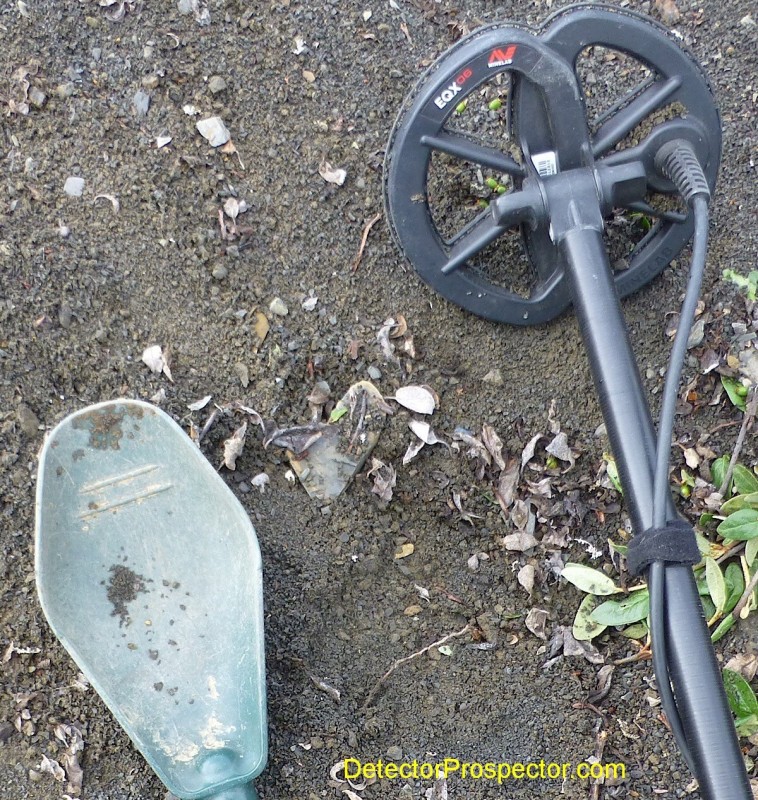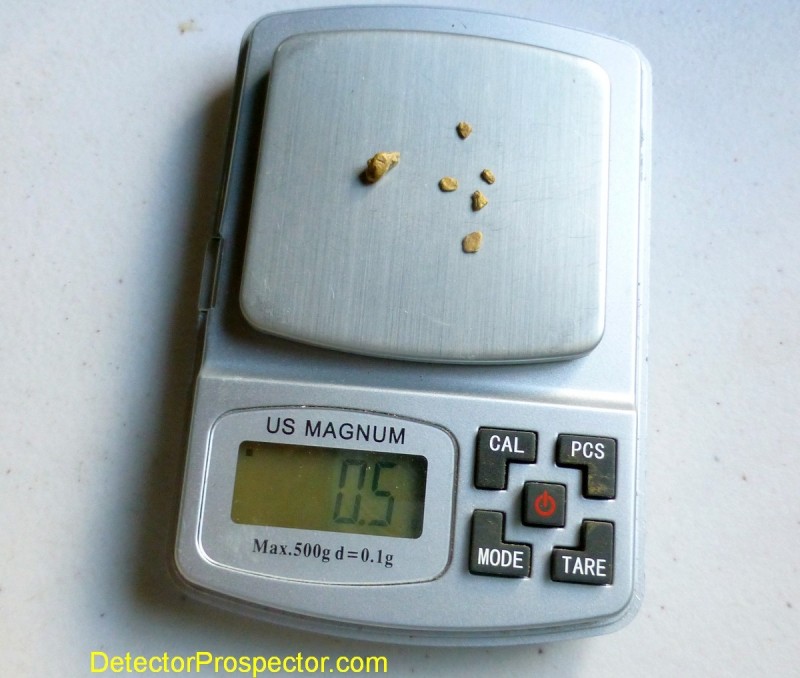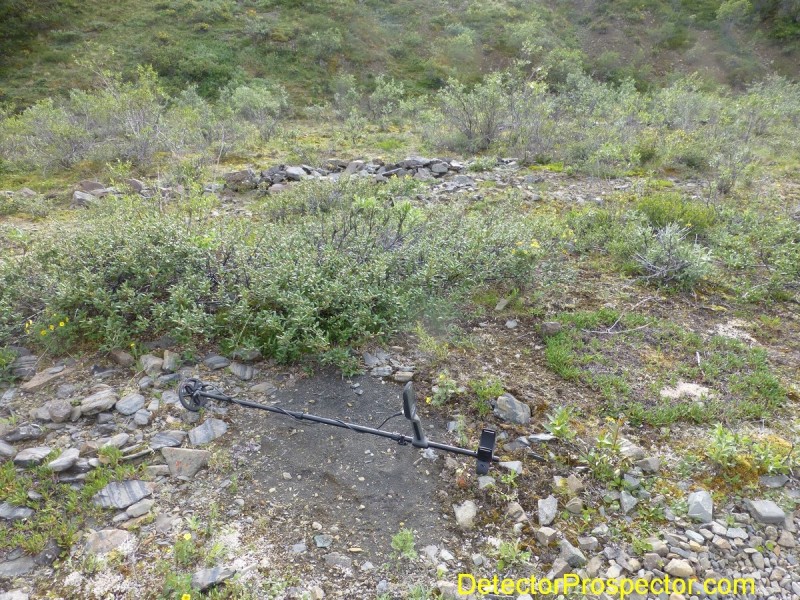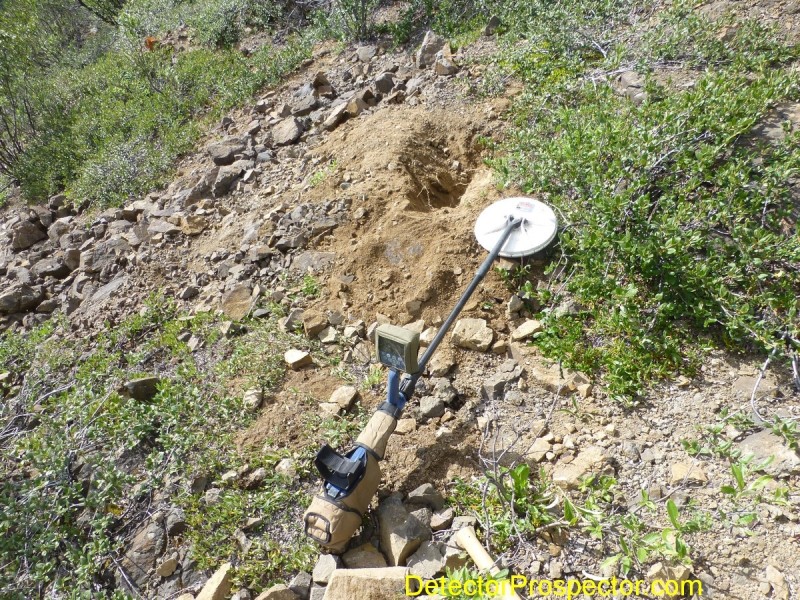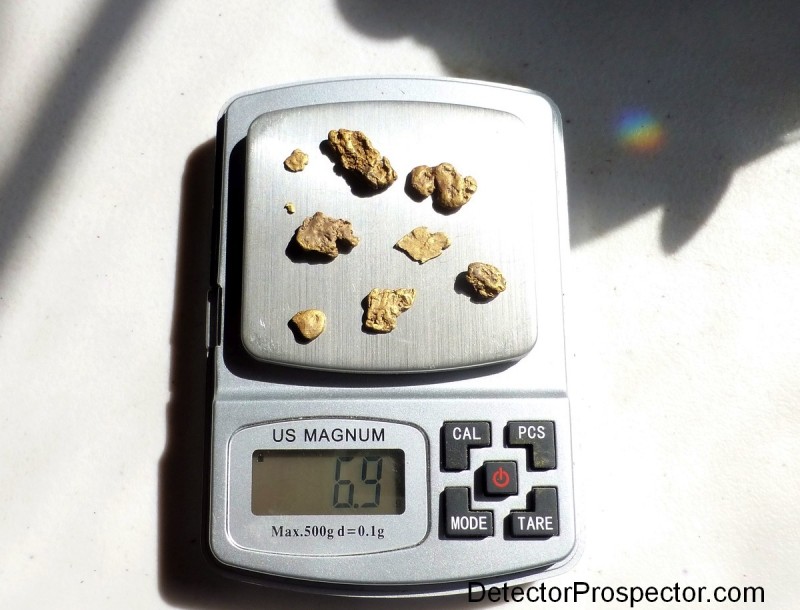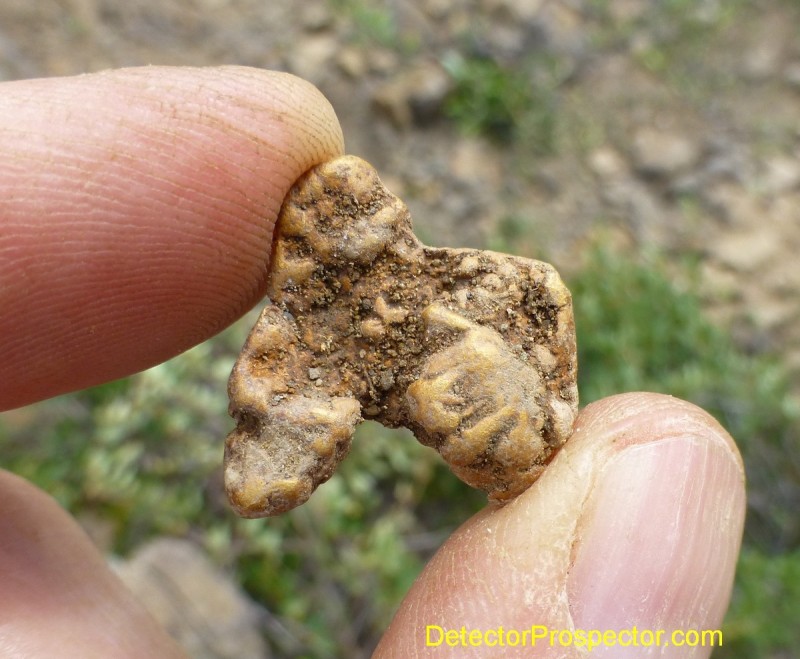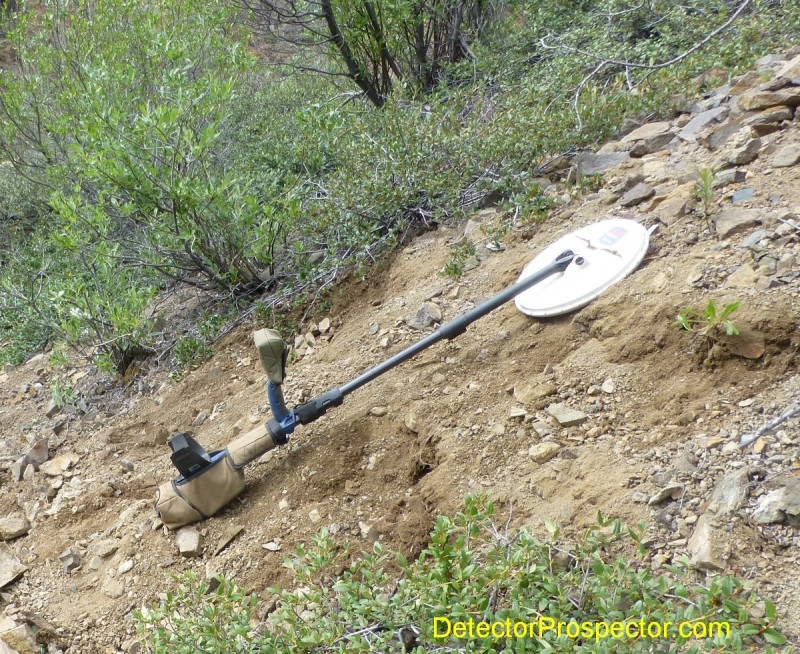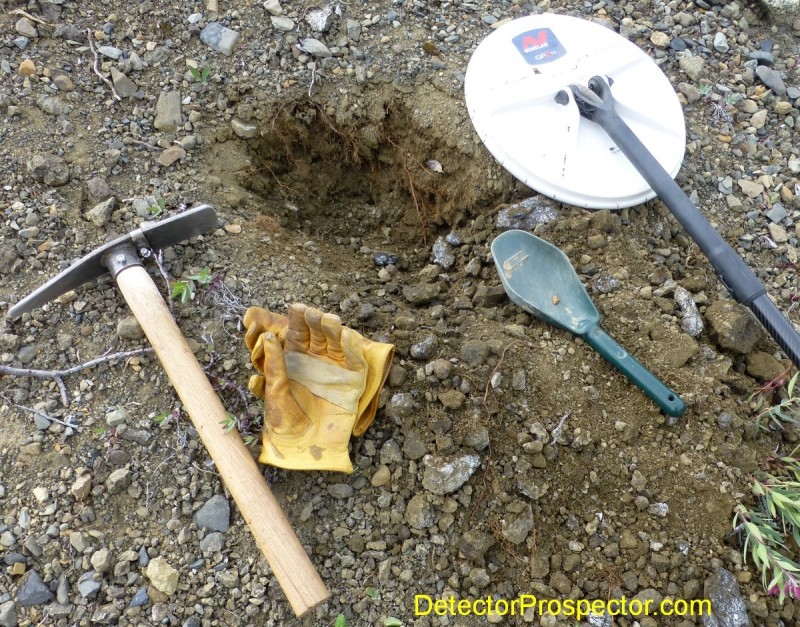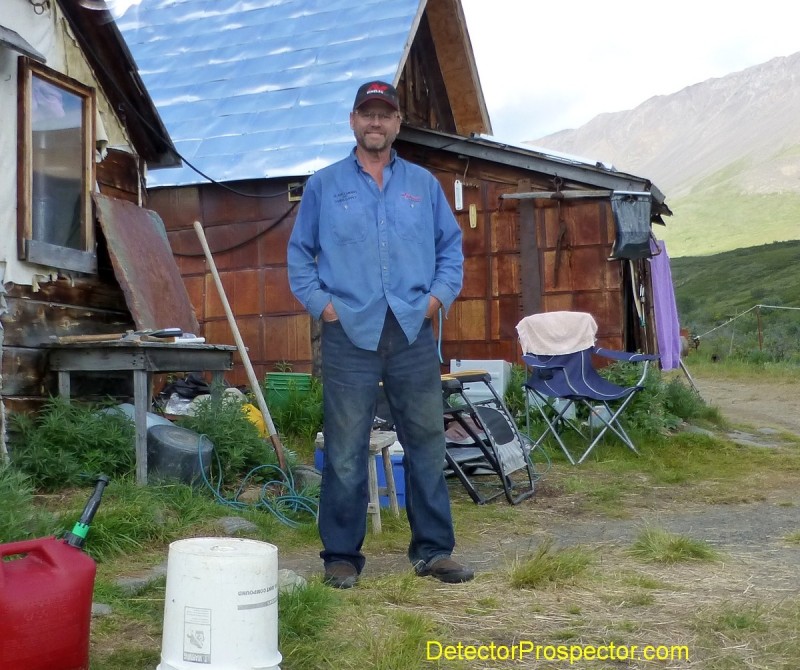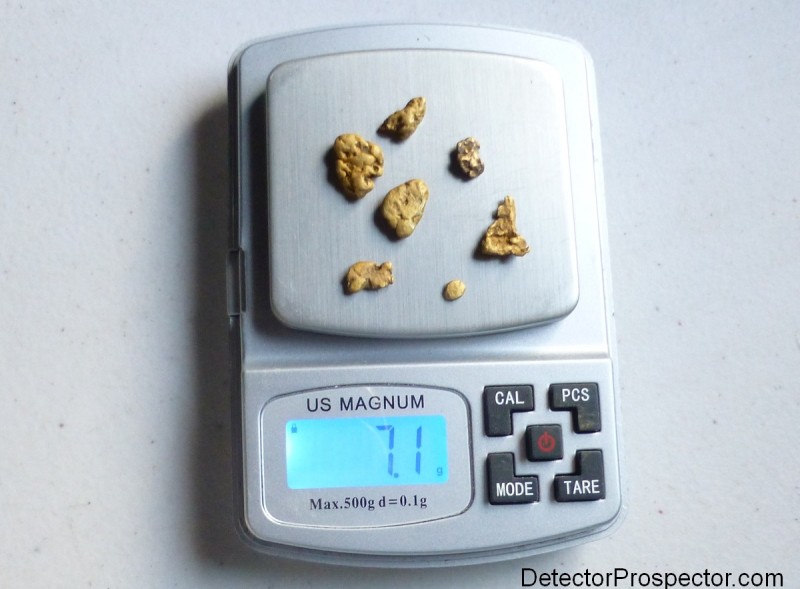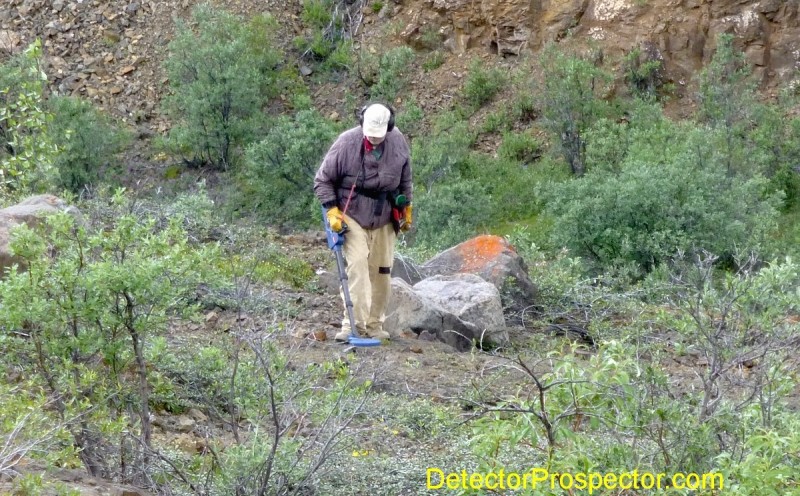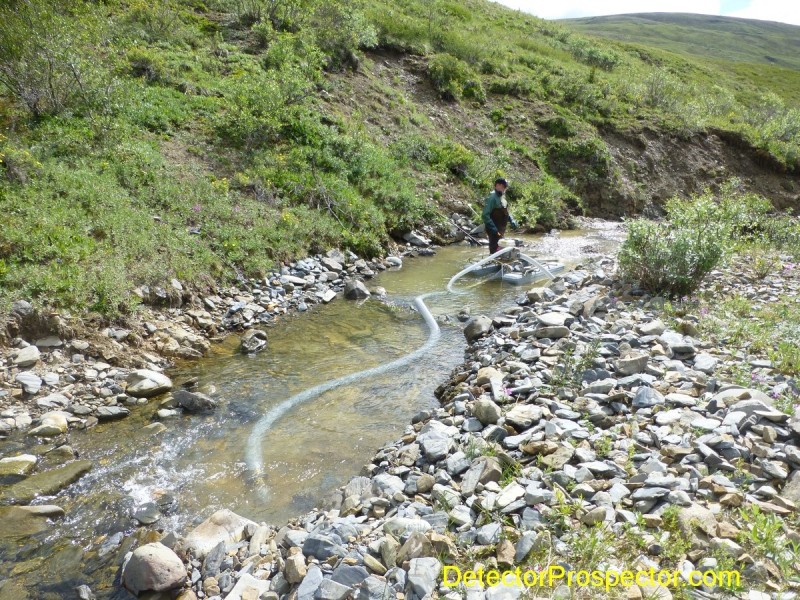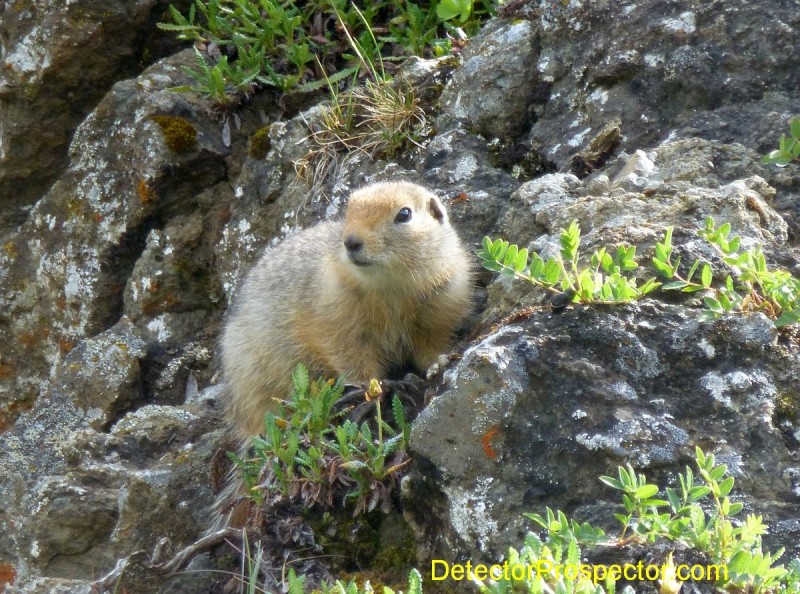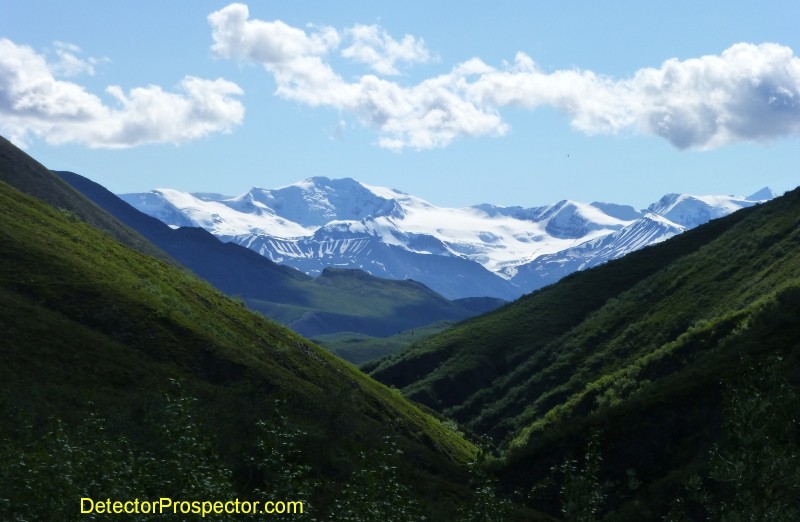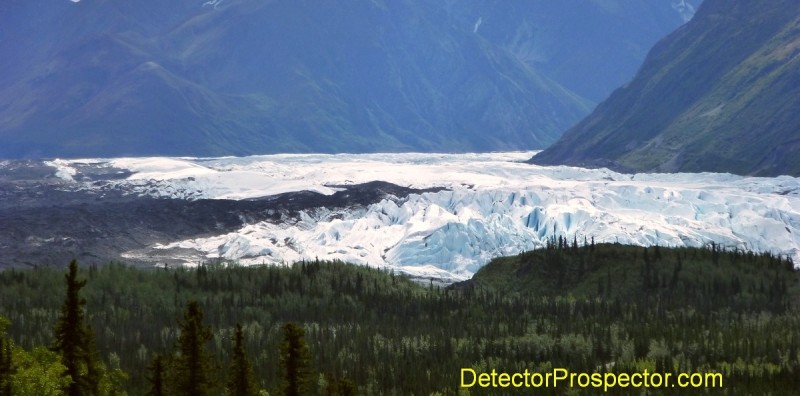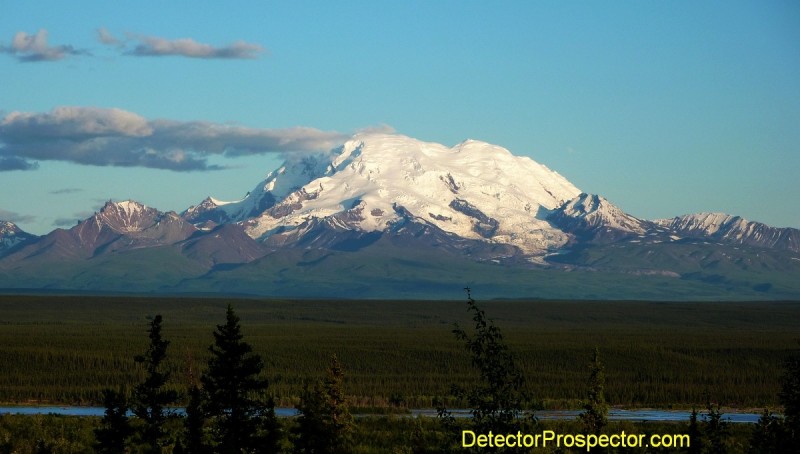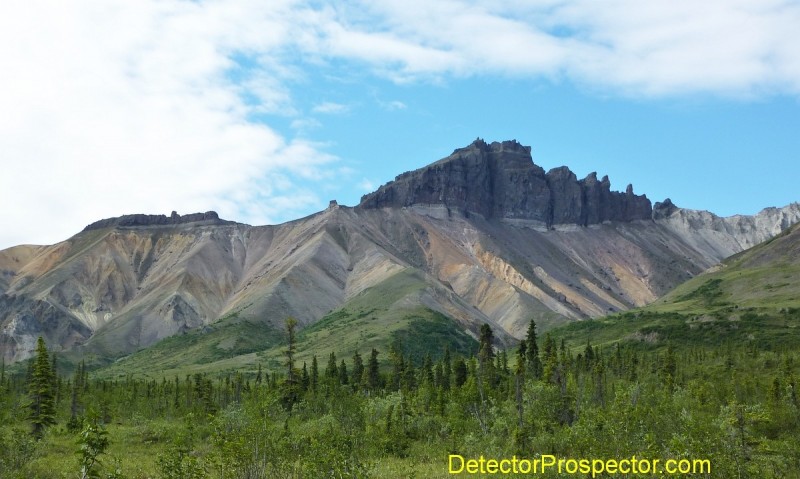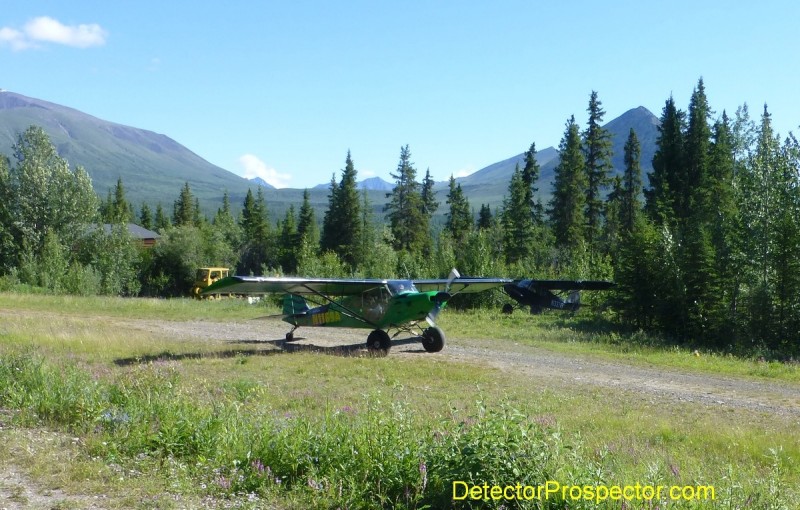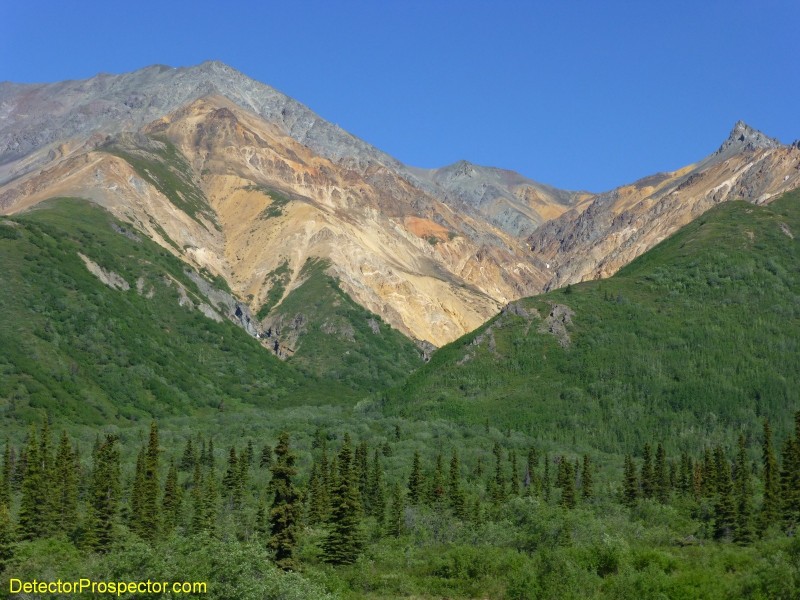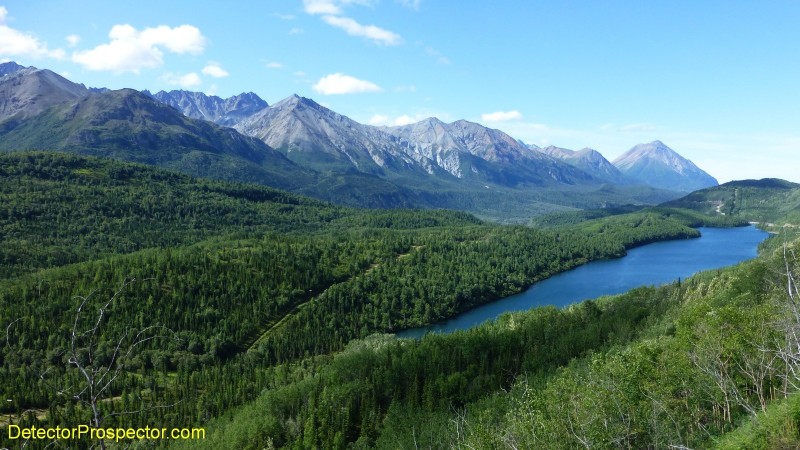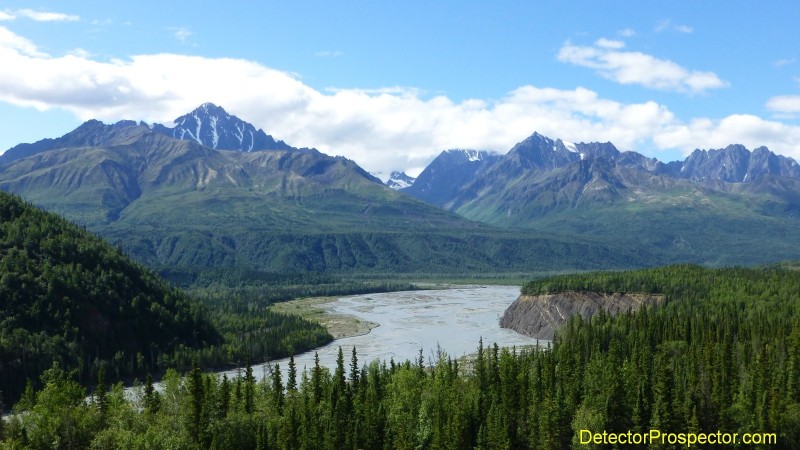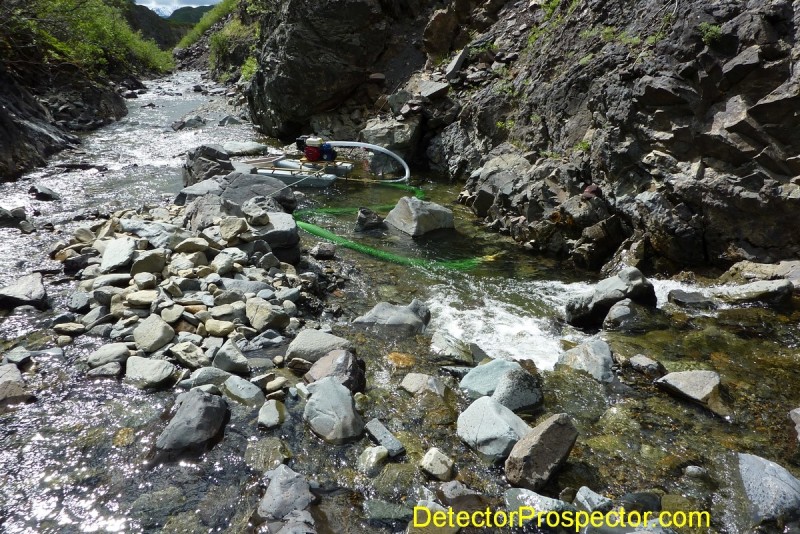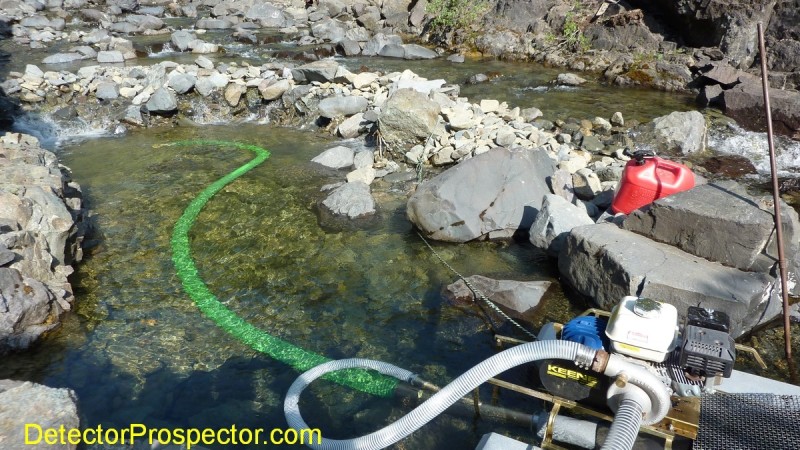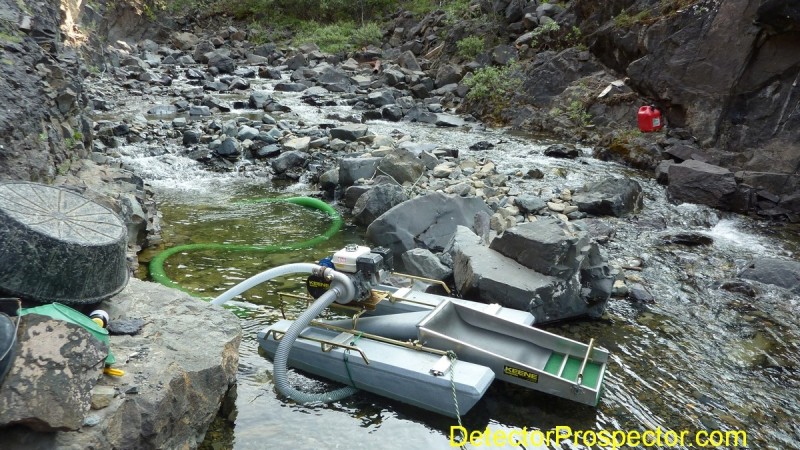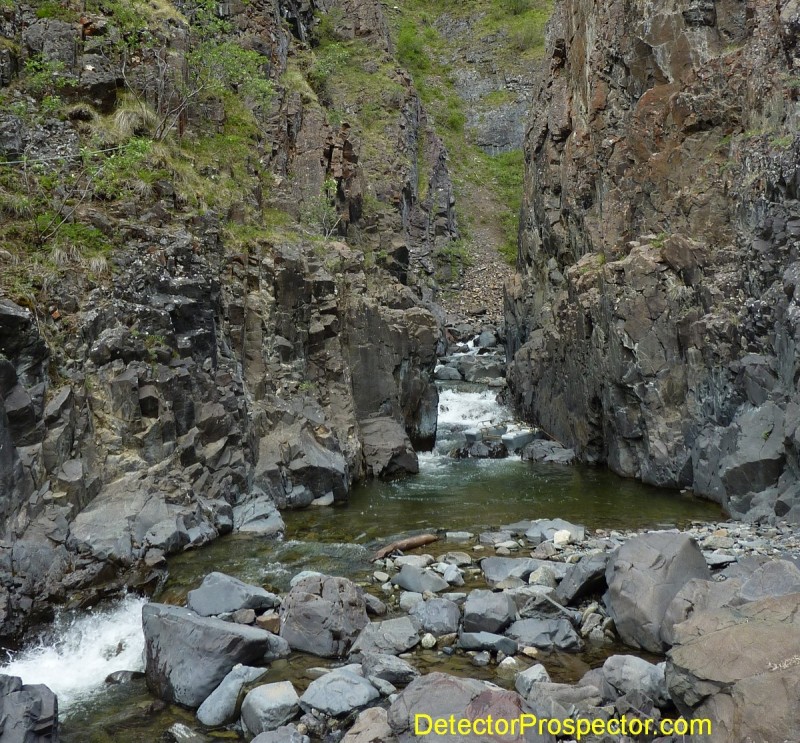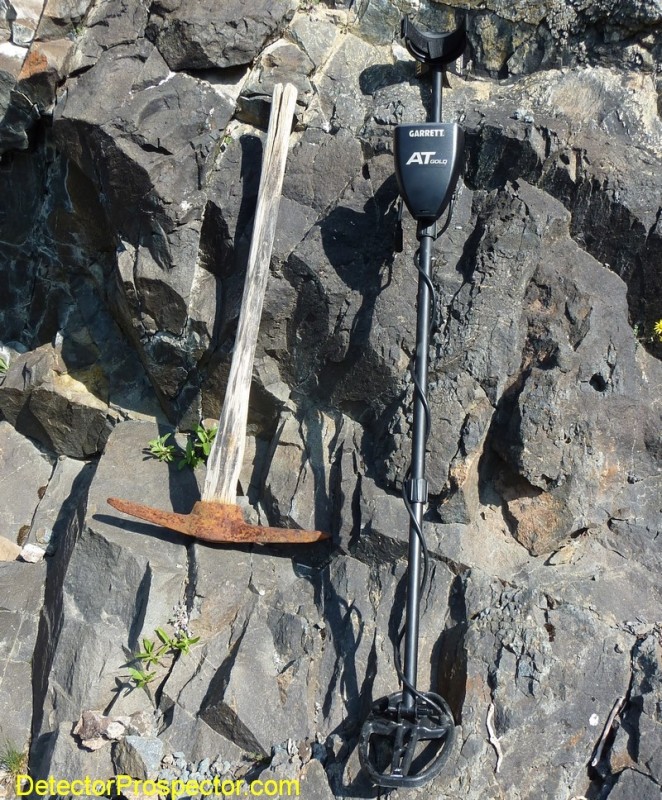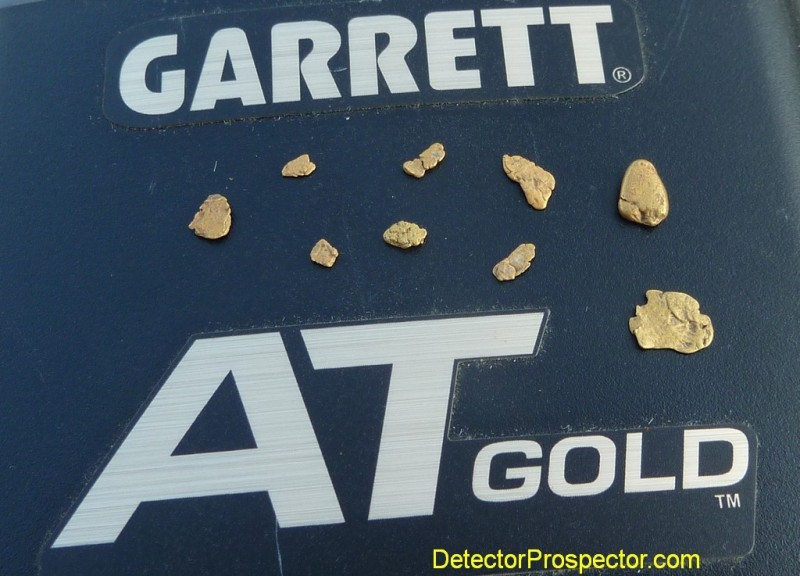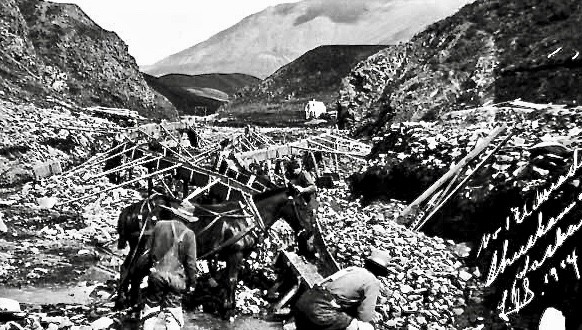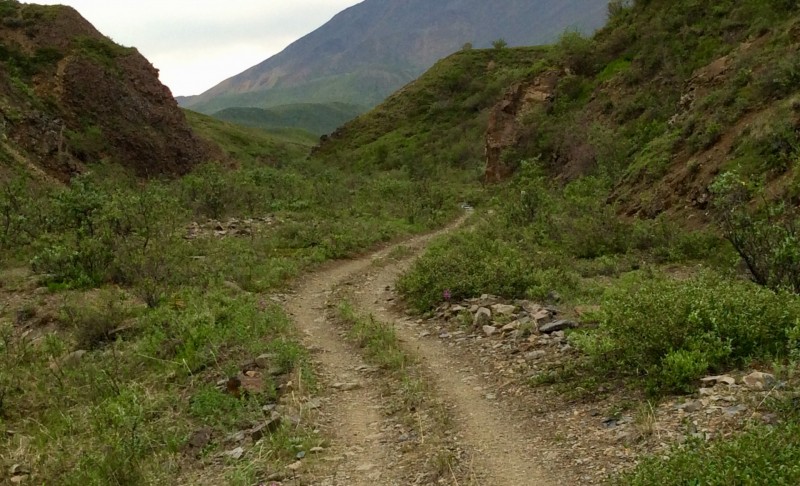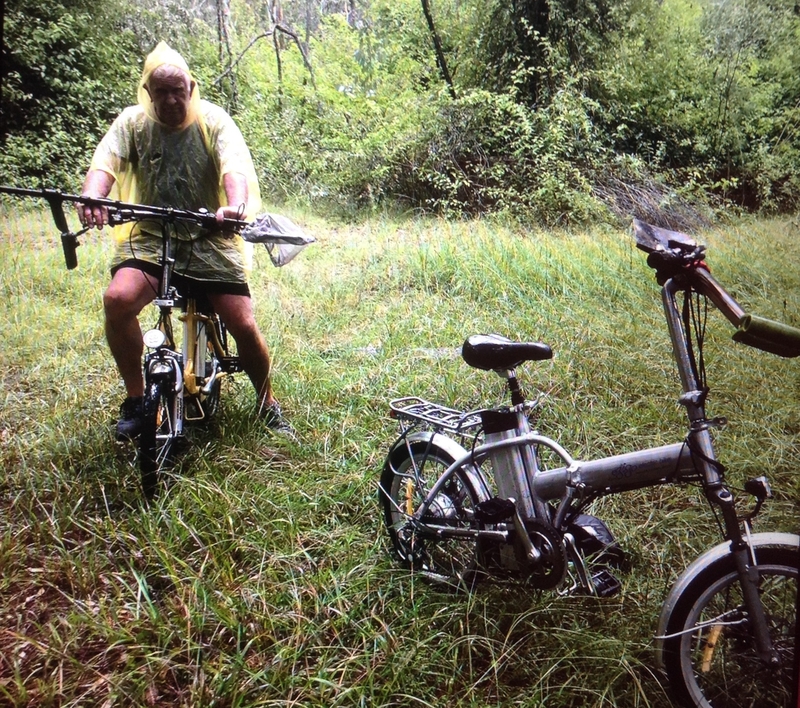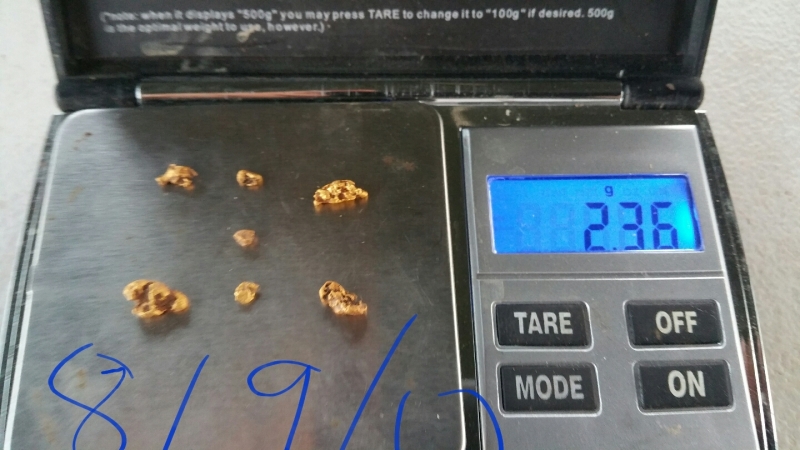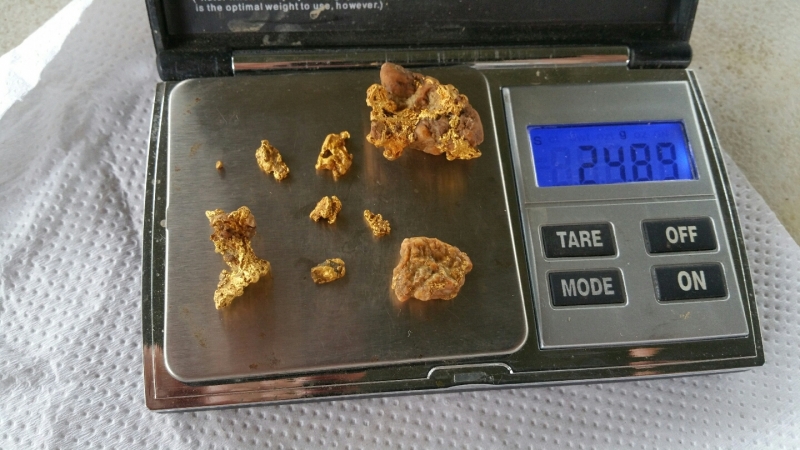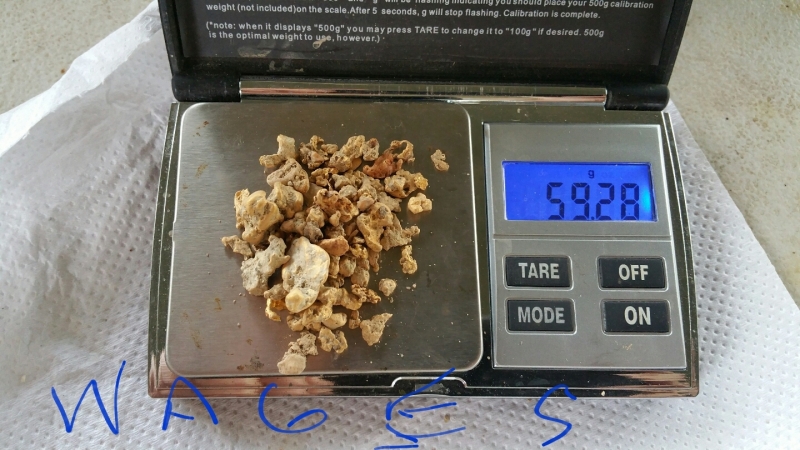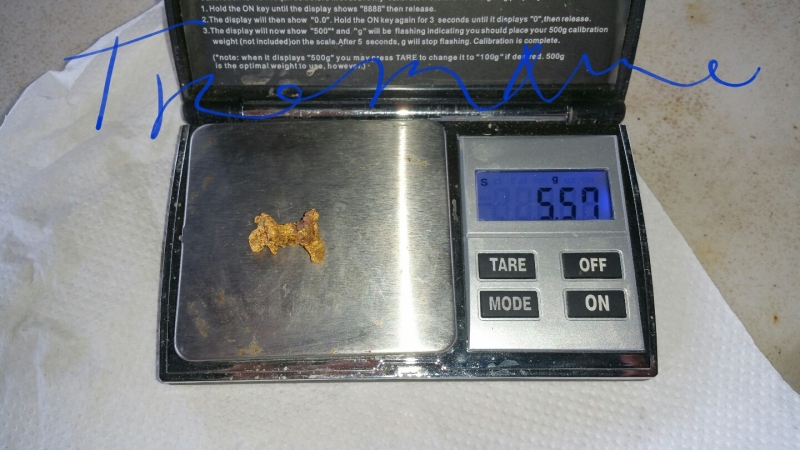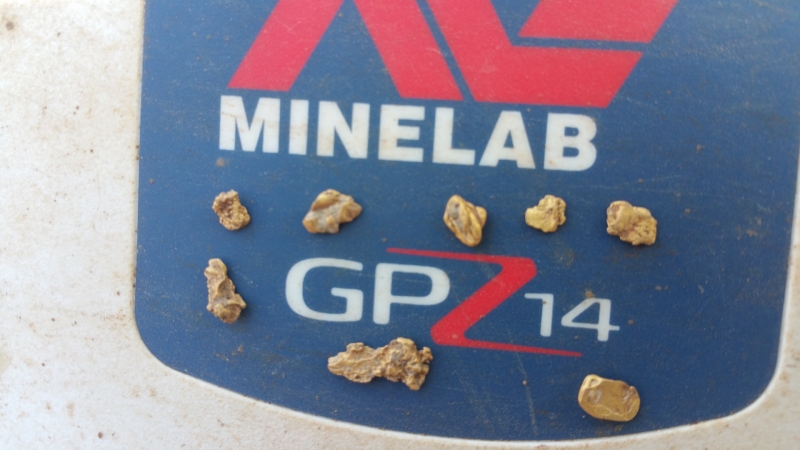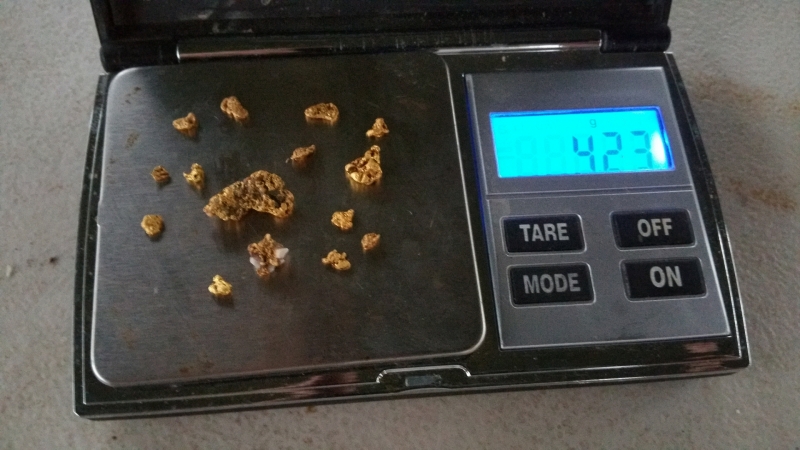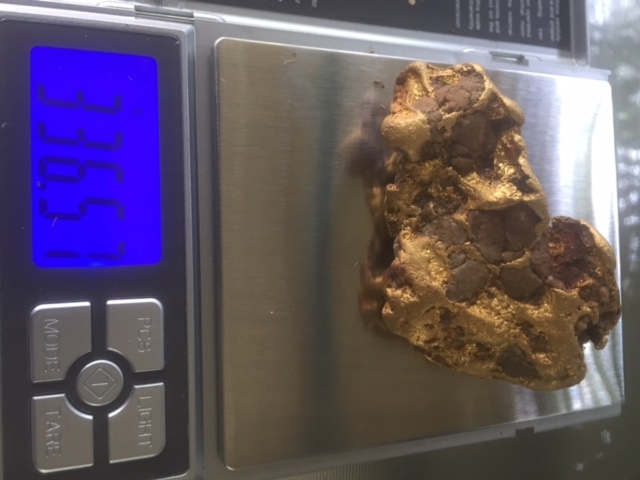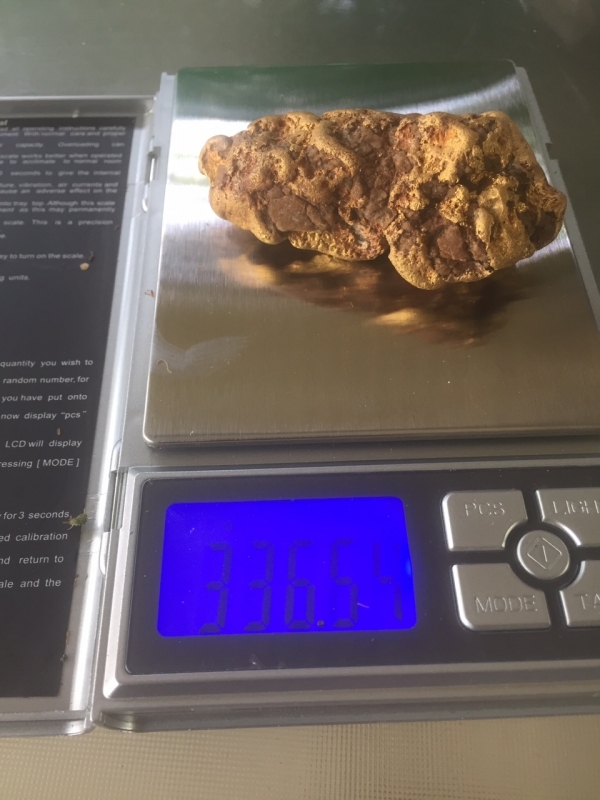Leaderboard
Popular Content
Showing content with the highest reputation on 12/05/2018 in all areas
-
13 points
-
6 points
-
Well well well, My Taskmaster in WA has sent me a little notice that explains why he knew every day that I wasn't working on the patch.... He has his own spy net!!!!! This picture shows my camper, quad ,and truck... the backhoe and dryblower should be in there too.... maybe even ME Wow, we tore up heck over there didnt we... see how small that was in relation tho--- Lots of gold left for this coming year!!!!!! Yeeeeeeehaaaaaaaawwww..5 points
-
One bottle cap two boot tacks and a target I could never find. Sorry it’s as near as nothing you can get! Chuck3 points
-
I've been a member of the Ringfinders for about 7 years. Get a call for lost "Bling" about once every month or so. I've never charged anyone a cent whether or not I find the lost item. I just tell them to "Pay it forward" if they get a chance. It's been a lot of fun, especially if you find the lost item which is about 50% of the time. Over the years I've had 4 calls from women who threw their rings out the window of moving cars after arguments with their Spouses. Was lucky to find one of them. Makes me wonder how many other rings are out there besides our roads thru out the U.S. Being a member of Ringfinders has also opened the doors to other metal detecting opportunities as some people will give you permission to further hunt their properties.3 points
-
The rest of the trip was nice though clouds kept threatening to move in. They would clear out however and the sun would appear again. With time running out I got back to detecting with the GPZ 7000 plus a little bit here and there with the Equinox. All in all I was only averaging about eight nuggets a lazy day of detecting, getting about 1/4 ounce a day average. Hand stacked rocks and bedrock - nugget detecting heaven! I have mentioned I have never found a nugget weighing even a half ounce at Gold Hill, though they are mentioned in the old records, and I know of some found more recently by others. I really thought I had one this trip however. I was in a bedrock gut leading into a mined pit that was producing nuggets. I got a deep signal in a bedrock pocket right in the bottom of the little gully. Whatever it was was wedged down in deep and tight, and when I first laid hands on it I thought "Aha!" but it was not to be. I found the largest copper nugget I ever found though there is very little copper exposed on the surface. I will treat it with acid later and post a photo someday, but for now here is what it looked like fresh out of the ground. Large copper nugget - should have been gold! The last couple days of this great trip were dedicated to some serious camp cleanup and so this adventure finally came to a close. My detecting had exceeded expectations. I am certain I could have found more gold had I worked more single-mindedly at the task, but the fact is this trip was a near perfect balance of relaxation and finding gold. I finished up with just a hair over 3 ounces of nice chunky gold. Three ounces chunky gold found by Steve with GPZ 7000 The Equinox 800 had proven itself to be an excellent tiny gold sniper on this trip. It was the GPZ 7000 that made the day however, literally making it feel like cheating compared to what the other guys were able to do. Dudley and George both got gold but it was the GPZ that impressed us all. I have long known how powerful the machine is, but this is the first time I have run it on ground I know very well. It was amazing at how easy it was for me to do well just one more time at Chisana and Bonanza Creek. Dudley had been hoping to find a couple nice pendant nugget for his daughters but the dredge kept finding smaller gold. I gave Dudley what I considered to be the best pendant nugget I found at 5 grams and traded a second 3.5 gram nugget for some fine gold he got dredging. Pendant nuggets 5 grams and 3.5 grams Again, just a fabulous trip. Thank you George and Dudley for the invite and a great time. I have learned never to say never, so I don't know if I will ever return to Chisana and Gold Hill again or not. I am grateful I got this last trip in however as it ended my decades of visits to the hill on a somewhat brighter note than the last time. I hope you all enjoyed this trip down memory lane and a rare look at places and times in Alaska that few will ever see or experience. I am very lucky to have been born where and when I was. I have seen Alaska transition from true frontier to modern civilization in my lifetime and this is just a small part of what I have experienced. There are many people in this tale who have not been mentioned at all out of respect for privacy issues. My thanks to all of them. Thanks again for riding along on this long thread! One last look at Gold Hill below.... Steve Herschbach 2018 Herschbach Enterprises Gold Hill at Chisana, Alaska3 points
-
I'm starting to worry my season may be over. This snow just wont quite leave the ground. Last Sunday was going to be warm enough for a water hunt, then the thunder lightening started happening. oof. I normally would have hung the waders up by now, but water detecting has been the only prospect for some coil time. We could use El Niño this year for sure. Now what? Wait? Maybe get a calendar and start crossing the days off with a big red marker? Write poems about the melancholy despot clinging to my treasure with its cool minty grip?2 points
-
Actually this is not about an economy model cost savings measure on ML's part but is sort of the way the detector design community is headed as they move heavier into digital signal processing. It is not even clear to me that the CTX 3030 flagship detector has true all metal mode (as opposed to simply a zero discrimination pattern). I do not own a CTX, just went through the manual in detail, so I am sure a CTX expert will set me straight. But I can tell you with certainty, the Deus @ $1500 does not have a true all metal mode (Gold Field mode being the closest approximation). Point is, this is not about saving cost. It is about the the detector designers favoring digital signal processing over transmitting the raw unfiltered signal. All metal mode is not something you will automatically find on many high end detectors. So the OP's statements like, "When I pay $650.00 for a machine I expect it to have that option on it -period. Their is no excuse why it does not" that imply the lack of a true all metal mode is an Equinox oversight or that all high end detectors have this feature, is not consistent with many high end detector designs of recent years (though true metal is still a feature on a number of recently released detectors). Though I do understand why you like it, Maltfoto, my point was there are ways you can use the Equinox zero disc mode to your advantage without losing a lot of capability vs. true all metal and, as I discuss below, the 800 would have been more suited to your feature preferences and detecting style. The move in the detector community away from including All Metal Mode or at least the marketeer's imprecise use of technical terms that have kind of blurred the line between Zero Disc mode and (true) All Metal Mode is addressed in Steve's excellent Detector Mixed Modes Guide. This will better illustrate whey you will not find all metal mode on all detectors, even high end detectors, and also how it can be mitigated through mixed modes or intelligent application of available features on detectors which do not incorporate the feature. Regarding Equinox. Gold Mode available only on the 800 is probably the closest thing to a mixed mode. It invokes most features of true all metal mode through its use of VCO pitch like audio and true audio threshold for target acquisition and target ID at depth using the discrimination circuit. Though still not precisely true all metal, this weak signal mode is also the mode that is the ideal mode to test small gold target performance versus the Fishers. Again, it seems for the type of detecting Maltfoto prefers, the 800 would have been the better choice. Regardless, I think the 600 is a great complimentary detector that, despite its shortcomings, does still have advantages over the Fishers in some, if not most, scenarios. So hanging on to it and learning more about how to get more out of it with experience would be a great move by Maltfoto, if getting an 800 is out of the question. Thanks again to Maltfoto for kicking off a great discussion.2 points
-
WTG Fred. That one cleaned up pretty good. It was a good time sharing a few stories from the past and hearing Jim McCulloch's stories for the first time. What a treat that was. I was out there watching. I didn't see much 'wobble!' The second morning I was there you were way off half a mile up this hill so you're getting your legs back. You were just maintaining that nice pace. The nuggets can feel Fred chasing them again. Mitchel2 points
-
4" x 18" DD coil for my V3 would be very nice. Doesn't have to be figure 8. Just a normal DD would be fine. Doesn't even have to work at all three frequencies. Even if it only worked on 7.5 would be ok with me. HH Mike2 points
-
2 points
-
2 points
-
The decision makers at Whites really finally need to jump into the 21st century and give us a machine that can be updated, waterproof as a matter of course, wireless headphones as a matter of course, create wireless coils with a wired option (like others do with headphones, because wired is still the only solution in and under water, but with wireless coils you can upgrade hardware via coil change with coils that are tuned to their specific applications), create an app so that people can choose to use either a remote or phone to control their coil. Create a V4 or V5 that addresses the V3i shortcomings. It's still my favorite machine, but it needs improving to stay competitive. Keep the spectrograph, Polar Plot, etc., but also add an imaging program like Target Trace. Integrating with cell phone applications would be awesome. Open a metal detecting app market for developers. This worked wonders for cell phones. Look at all that's available now as people were given a platform to display their coding talents. This could work for metal detectors with optional cell phone control. Create a pinpointer that communicates with the host machines and adapts their disc settings. Add a small LCD to pinpointer. Do these things, or others will, or already are working on it.2 points
-
In case somebody has missed it: Now that's impressive.. great work, thank you!2 points
-
Bedrock Tips:How many of you have had the chance to work virgin bedrock? By virgin, I mean that the bedrock has been exposed by modern mining. In other words, the bedrock has not seen the light of day since the gold was originally deposited on it or in it eons ago. Moreover, a chance like this is a rather rare opportunity because it requires prior connections with the miners in order to have access to this bedrock. After all, it's very expensive to remove the stubborn overburden to expose the mother rock. Furthermore, some miners are very sensitive about allowing anyone access to their virgin bedrock for any reason at all, if ever. It's a bit of a loaded request, even if you already have a personal relationship with the miners. So, if there's no prior relationship, the chances are slim to none for access, and even if you do have a relationship, the answer could still be no. You have to be ready for any eventuality.However, if and when you do get the opportunity to work such bedrock, there's a few things that will help your chances in finding any residual gold left behind from the mining activity.First and foremost, ask questions. Find out where the heaviest run of gold was in the pit. For example, find out it the deposit was heavier in a dip in the bedrock, on the start of a rise, on a shelf, at the bottom of a long drop, etc., and find out if there were certain colors in the dirt that indicated better pay: oranges, reds, grays, purples, blacks, etc. With the answers to a few questions like these, you can improve your odds of checking the most-likely places in a large excavation. For instance, you'll find areas that were barren by asking like questions (areas of loose wash, etc.), and you'll locate areas that were hot spots by doing the same.When it comes to detecting, you'll need to pay careful attention to the answers to your questions plus you'll need to pay close attention to what the detector is telling you about the temperature of the rock you're hunting. For example, if race into the pit and start swinging like a madman to cover as much ground as possible in the shortest time, you'll be doing a disservice to yourself. Why? Virgin bedrock demands respect, and it demands a slow approach while listening to the ground minerals and scrubbing the surface to obtain every cm of advantage while listening carefully to the tiniest alterations in the threshold. As well, by paying close attention to the mineralization, you will learn which coils will be most beneficial, including which size of coil to utilize. (A variety of sizes may be necessary to do a proper job, and in extreme ground, the wrong coil type will be an extreme waste of time.)As to the bedrock itself, you may wish to employ a tiny detector like the Falcon to find streaks and runs of fine gold that will elude your bigger detector's coils. It's surprising how much fine gold can be left on bedrock or caught in cracks. I had my eyes opened wide several summers ago to just how much gold gets left behind and just how much fun it is to use a tiny detector to chase pockets of fine gold!As for non-electronic sniping, it's very important to study the rock carefully. Often when working virgin bedrock, clay is a common occurrence. And, that clay is a great hider and or robber of gold. Moreover, look at what's riding within the clay. Are there little stones of various sorts? Is it just slick clay (no inclusions)?As well, be meticulous about examining the surface of the bedrock. Sometimes what looks like perfectly level bedrock with a solid surface may have cracks and crevices perfectly camouflaged by the minerals that are running within the clay, minerals that match perfectly in color the host bedrock. Use a variety of tools to scrape and scratch at the surface. I've been stunned while sniping non-electronically more than once by uncovering small cracks and crevices in this manner, ones that held a surprising amount of good gold.As well, if the bedrock is dry, get a good sledge hammer and hit the bedrock to see if any puffs of dust arise like little fountains of fine particles. This signals a crack or crevice. One of the wonders of bedrock is that a crack or crevice may be snapped shut tightly, but widen below its mouth significantly. I remember the first time I found one of these: it had a pocket of small nuggets in it, and the nuggets were far too big to have found their way into the crevice opening. There are lots of theories as to how this happens, but the important thing to remember is that it does happen. I've also found larger nuggets this way as well when sniping without electronic backup. What tools help with this process? For inexpensive alternatives, a blade screwdriver bent at a 90 degree angle; a wire brush; a stiff bristle brush; an awl; a pocket knife; a small metal gardening shovel; a variety of household spoons (teaspoon size to tablespoon--be sure to have sturdy ones that won't bend easily); a small sledge and a couple of cold chisels for widening cracks and crevices; if water is present, a suction gun of some kind; etc. With virgin bedrock, you will have the chance of a lifetime to find gold in a place that no one else has ever looked, so take the time to do a thorough job, and the reward can be great. On a connected note, I've come behind others that have worked such places in a hurry and found some beautiful nuggets (larger than anything they found) because they tore across the bedrock in a mad rush to cover the entire area. The sad truth is that if they'd have slowed down and paid that virgin bedrock the respect it deserved, they would have found the bigger gold instead of me. All the best,Lanny2 points
-
Great seeing the final chapter and all the photos from Gold Hill. I read of the early adventures many years ago at AMDS. I first visited that country in Sept of 71 hunting the hills across Jack Creek from the Nabesna road with my dad and uncle. The Nabesna river sand bars closest to the road used to be a landing strip from the building of the AK HWY era and littered with hundreds of 55 gal drums. Beautiful country.2 points
-
Modern induction balance (VLF) detectors usually can operate in two basic modes. A true detect everything all metal mode or a discrimination mode. Discrimination modes use various filtering methods to help separate desired targets from the trash. The filtering takes away from overall depth and the target identification gets less reliable with depth. In nearly all cases a detector operating in a pure all metal mode will find targets deeper than a unit running in a discrimination mode. It is possible to take a detector running in discrimination mode and set it to accept all targets. You are now running with zero discrimination, and the detector now sounds off on all targets. The problem is that some detector manufacturers are labeling this zero discrimination mode as an "all metal" mode since all metals are being detected. Unfortunately, you have not really turned off the discrimination. A true all metal mode employs no filtering at all, it directly reports a target. In zero discrimination the target is still being filtered, but you are telling the machine to report all filtered targets as good targets. The bad news is you still are losing depth and sensitivity compared to the true all metal modes. Most metal detectors are made for coin detecting, and so most only run in a discrimination mode. You can set them to accept all targets, to run zero discrimination, but these units simply do not have a true all metal mode. All metal detectors designed with serious prospecting in mind have a true all metal mode. The reason is simple. True all metal nearly always hits hard to find targets, either very deep items or very small, better than detectors running in a discrimination mode, even when set to zero discrimination. This is so important to me that I will rarely ever consider purchasing a detector that does not have a true all metal mode. Be careful when buying a new detector that if you want a true all metal mode you do not end up with a detector that really is offering only a zero discrimination mode. One clue is that a detector with a true all metal mode will also have a threshold control to set the audio in the all metal mode to a barely perceptible sound level. Zero discrimination modes are usually what is referred to as "silent search" modes without a threshold sound and therefore no threshold control. It is possible for a detector to run in all metal and discrimination modes at the same time. This is referred to as mixed mode Very cool! I am not sure who first came up with this feature but Nautilus has for a long time offered units that put the all metal signal in one ear of your headphones and the discrimination signal in the other ear. More common are detectors that put the all metal output through the speaker and the discrimination signal on the meter. The White's MXT has the Relic Mode, which is a mixed mode. I wonder how many people use Relic Mode but really do not understand it. Good targets give a high pitched chirp. Junk targets honk depending on where the discrimination knob is set. But there is a third, more subtle audio that indicates a target is there but the detector cannot identify it because it is too deep. This is the all metal signal. The meter will be blank but there will be an audio signal. When nugget detecting, you want to hear these, and dig down until the target id kicks in. I think many people focus so much on the other two audio responses that they ignore the fainter deep all metal signal. It is easy to fall into a habit of just digging only those high pitch targets. Not good. White's V3i Mixed Mode program option The various Fisher F75 and new Gold Bug models have a basic single tone in all metal, but the meter is still active in discrimination mode. So you get the signal, then check the meter. If within range, you will see a target id. If deep, the meter will be blank. It is very similar to the old Compass Gold Scanner Pro, which had a target id meter that functioned while in all metal. The White's V3i has a very powerful programmable stereo mixed mode setting. The DFX also offers mixed mode. The new Garrett AT Gold has a true audio all metal mode while the meter is still working in the discriminate mode. The same thing can be achieved with many detectors by running in all metal mode and then, after a target is acquired, switching over to discriminate mode to check the target. The obvious downside is that this requires lots of switching back and forth, and a mixed mode detector eliminates the switching. The key to mixed mode is simple. Those targets in a good location that are so deep you get no indication on the disc channel are the ones you really want to think about. If the area has produced good finds but is now near to being worked out, these deep signals are the ones anyone running in a normal discrimination mode is going to totally miss. Sure, it could be trash. But really deep targets are often the best, and so digging some of these on occasion can produce some really good finds. I have found from my personal experience that detectors often run smoother and targets are easier to hear in all metal mode. I tend to prefer a detector that has an audio all metal mode coupled with a metered discrimination mode. I just listen for the target, and once I hear it I stop and analyze it with the meter. When in doubt, dig it. Some people prefer to dig only targets that read as probable good targets as they do not like digging junk. I tend to dig anything unless it is almost sure to be junk. In other words, I dig the iffy targets. That means I dig more trash but it also means I make finds others miss. It does depend on how patient I am feeling though, and some days I will just dig those really good targets. Those are getting harder to find these days. The only place mixed mode does not work well is in very trashy locations, especially the units that generate multiple tones. It just gets real noisy. But for many experienced detectorists mixed mode is a sort of secret weapon. Now you know why! ~ Steve Herschbach Copyright © 2010 Herschbach Enterprises2 points
-
This gold prospecting and metal detecting story takes us all the way back to the beginning - my beginning that is. I was fortunate enough to be born in the Territory of Alaska in 1957. Alaska was still very much on the frontier back in those days. My father was a farm boy from the midwest who headed for Alaska in the early 50's with not much more than an old pickup truck. He worked as a longshoreman offloading ships in Seward, Alaska for a time. He decided to get some education, and earned his way through college in Fairbanks, Alaska, by driving steampipe for the fleet of gold dredges that were still working there. He spent some time in Seldovia, Alaska, working the "slime line" in a fish cannery. He met my mom in Seldovia, the two got married, and finally settled in Anchorage, Alaska. I came along in 1957. My father had taken a job as a surveyor but money was tight in the early years. I was raised on wild game and garden grown vegetables, and as soon as I was old enough to handle it, I was walking a trapline every winter with my father. Dad was a hard worker, and Alaska was having one of its many booms at the time - the construction of the oil and gas fields in Lower Cook Inlet. This was the Swanson River oilfield, discovered the year I was born. The state was prospering, and my father along with it as a surveyor on the new Swanson Field. He got the bug for flying early on, and by the time I became a teenager he finally got his dream plane at the time - a Piper Super Cub, the classic Alaska Bush airplane. Super Cubs equipped with oversize "tundra tires" can land just about anywhere you can find about 300 - 400 feet of open ground. A great little airplane and the one I ended up flying to get my own pilot's license. Super Cub N1769P parked on knoll in Talkeetna Mountains, Alaska It was in this same timeframe that dad got me hooked on gold prospecting. In 1972 I saw an ad in a magazine "Find Lost Treasure" and had acquired my first metal detector, a White's Coinmaster 4. This must have got discussions going about gold, and my father did have some knowledge on the subject having worked around the gold mines in Fairbanks. He took me to a little creek south of Anchorage, Bertha Creek, and I found my very first flakes of gold! By the ripe old age of 14 gold fever was in the air, I had my first metal detector, and already wanted a gold dredge. My first dredge, a 3" Keene with no floatation, was on the way to me in 1973. Keep in mind that the price of gold had only recently been deregulated from the old fixed price of $35 per ounce. In 1972 it was around $60 per ounce, and in 1973 made it to just over $100 per ounce. The money was not my motivation at all. I already just loved finding gold, and the connection to the prospectors of old and the historical quest for gold were more compelling than any dream of striking it rich. I just wanted to find gold! My first metal detector and first gold dredge (my 3502 had the older aluminum header box & a power jet) A young man with a new detector, new gold dredge, gold fever, and a father willing to fly him anywhere in Alaska on adventure. How great is that? Now there was only one problem - where to go? There was no internet then, so it boiled down to libraries and research. In short order I discovered the United States Geological Survey (U.S.G.S.) bulletin series and the number one Alaska title of the series, Placer Deposits of Alaska, U.S.G.S. Bulletin 1374 by Edward H. Cobb. This one book and the references contained in it became my prospecting guide to Alaska. My desired target? Remote locations with large gold nuggets! I read the book and certain places just jumped out at me. One was the Iditarod area and places like Ganes Creek and Moore Creek - tales told elsewhere. This paragraph of page 114 caught my eye: "Placer mining in the Chisana district, first of creek gravels and later of bench and old channel deposits of Bonanza and Little Eldorado Creeks, has always been on a small scale with simple equipment. The remoteness of the area, shortages of water on some streams, and the small extent of the deposits all prevented the development of large operations. There has been little activity since World War II; the last reported mining was a two-man nonfloat operation in 1965." Wow, that alone sounds pretty good. Nothing really about the gold however. The secret to the Placer Deposits series is not so much the books themselves, though they are great for getting ideas, like I did. The key is to use the references listed and in this case the main one is The Chisana-White River District, Alaska, U.S.G.S. Bulletin 630 (1916) by Stephen Reid Capps. It turns out I had stumbled over the location of the last actual gold rush in Alaska in 1913. It was a small rush and did not last long, but it did mark the end of an era. The world was on the brink of war and the age of gold rushes was soon to be history. The history of the area is covered in the report starting on page 89. It is fascinating reading, but it was this note on page 105 that really sealed the deal: "The gold is bright, coarse, and smoothly worn. The largest nugget found has a value of over $130, and pieces weighing a quarter of an ounce or over make up about 5 per cent of the total gold recovered. The gold is said to assay $16.67 an ounce." Gold nuggets a quarter ounce or larger make up five percent of the gold? And that $130 nugget at $16.67 an ounce? Somewhere over seven ounces. That's all I needed to know. Very remote, worked by simple means, and large gold - I wanted to go to Chisana in general and Bonanza Creek in particular. Even the creek names scream gold - Bonanza Creek, Big Eldorado Creek, Little Eldorado Creek, Coarse Money Creek, and Gold Run. Now all we had to do was get there. But when I said remote, I meant remote. Chisana is practically in Canada 250 air miles from Anchorage. To be continued..... Chisana, Alaska location map1 point
-
Lunk has inspired me to start a thread about the Twelve Days of Detecting (it is the season as he says)! So, to start off the 'contest' we need suggestions for the lyrics that go with: On the first day of nugget shooting my detector gave to me ... ???? (On the first day of Christmas my true love gave to me a partridge in a pear tree ... got it?) Let's pick out the best one and then a couple of days later we'll move on to day 2. I think we should leave day 5 lyrics just as they are ... 5 Golden Rings!1 point
-
I have been hunting with my 15" coil for the past 3 weeks or so, and I have seen a shift in the ID's compared to the stock 11 and the 6". For example, my first hunt I noticed that the two 1911 Wheats I dug, both were ID'ing in the upper 20's. (27 - 30). In between the two wheats, I got a solid high tone that was id'ing in the mid 30's (32 - 37) which ended up being a 40's rosie. In my subsequent hunts, I have found that the nickel range is pretty solid (12-13) and zinc pennies usually don't come in above 20... so pretty similar to the other coils... but higher conductors... copper pennies and above, all seem to be coming in more bouncy and with several points higher on the id scale. Yesterday I dug a clad quarter at about 3 inches... solid 35. I don't mind... I am digging anything in the nickel range and above a 17 without question anyway... but was just wondering if other 15" users have see the same results. By the way, my standard setup is Park 1, 50 Tone, Recovery 5 or 6, IB 0 on the new firmware. I have disconnected the coil and re-installed it, run a factory reset on the machine, and even reloaded the update to see if any would change the results. No change. Having said all that... I am really enjoying the performance of the 15 in my ground. Definitely a good addition to my arsenal for those wide open parks and sports fields! Tim.1 point
-
Actually, it has been every detector that has this curse attached to it. I'm talking about situations like I had on this week's beach hunt. As I sit there religiously digging every single #1 target ID number, that after digging about 40 of them, I decide to not dig one. I dismiss it! I'm not bending down to dig another piece of minute tin foil. But being me, I decide to just kick the sand with my foot as a gesture to kind of try and not be lazy. I kick the sand and I see what turns out to be a beautiful 18 K earring starring up at me, appearing to say.....You don't want ME? . Now the curse.... I will probably dig every piece of foil on the beach for the next three years before the paranoia goes away. Another lesson learned for me, that I really need to dig that number, no matter how much foil or how many of those little black rocks that read a solid 1, are on the beach. Just dig it!!!! This hunt was all GPX (except for the gold), because the beach still has not received a good storm to clear away some sand. In a peeing contest between the Equinox and the GPX, the winner is easily the GPX. 14" coins do not read well on the Equinox at my type of beaches. I was lucky enough to hit a layer that was pre memorials and that is why I had so many wheat pennies. I wish I had my camera at the beach because the oddest find I had, was the remains of the bottom of a Pringle's (fake chips) can. Some of the plastic coated cardboard cylinder remained with the lower half of the container. It was down a good 15" and my shovel finally pulled it up. What I was not prepared for was the broken chips to spill out and still look fresh as the day it was bought. I know Pringles are not real chips, but I did not expect this!! I used to love those things. That explains what happened to me1 point
-
1 point
-
1 point
-
On ya. Maybe this is most appropriate now you`ve been soaking in it...………..http://www.dorotheamackellar.com.au/archive/mycountry.htm1 point
-
Lunk said: Tis the season for nuggetshooting Well, I think we need some lyrics for the Twelve Days Of Nugget Shooting so ...1 point
-
I don't know how to overcome this issue, but White's might. I wonder if there is a (hidden) factory reset sequence. (If you leave the battery out long enough would that effectively be a reset?) You were going to need to call them to get a return authorization anyway. Maybe talking to a tech or engineer first would save all concerned a lot of effort/expense.1 point
-
I use a le trap in my 6" as well. This is a technique that I learned from Brian on the Akmining forum. After all the carpet and removable rifles are out of the sluice I place it up against the flair where the water flows right into the sluice. The le trap that I am using is at least 20 years old. It was made in Canada, later they were made in the states. I don't know where you can find the now. Here is a photo of a small clean up.1 point
-
When I Post I'm Always thinking of My Buddy Jim.....btw my real name is Jim as well! ?Ig1 point
-
Hi Idahogold… an excellent, fundamental review of some of the major ore types, with special emphasis on the sulfide and oxide groups. It provided specific information that would interest both newcomers and seasoned rockhounders. Glad I saw it, as we’ve recently been away scouting new collecting sites in eastern Ontario. We just happened to visit a site that produced radioactive minerals on a commercial scale, not unlike the uraninite discussed in this video. The radioactive example depicted below results from the alteration of uraninite to colorful, waxy luster gummite. I think that is a solid identification, but do stand to be corrected. Many thanks Idaho for an instructive video, it was a pleasure to read over a cup of coffee.....................Jim.1 point
-
Welcome !!!! A lot good choices out there, and a lot of info for those choices, hope you like reading !!!!!! Happy Hunting !!!!!!!!!!!!!!!!!!!!!!!1 point
-
White's deserves credit for the new Goldmaster 24k, which by all accounts performs nicely against similar VLF gold machines from others. It just needs to evolve key models in other areas of its product line to keep up with a certain foreign competitor ? I would suggest: 1) Move beyond the TDI to a deeper punching PI machine that can compete with the GPX. 2) From the V3i, develop a mid-priced, sleek modern multifrequency detector, like Minelab did with the ET/CTX-to-Equinox move.1 point
-
An attempt at fake news? It seems to be highly popular . . . All the best, Lanny1 point
-
1 point
-
Most likely operator error giving me these erratic results. ;) Thanks for the responses everyone. I had a hunt yesterday that I felt like I was holding onto both reigns trying to control the 15"... constant barrage of tones all over the scale.. I don't blame the 15"... I blame myself for not matching the coil with the site. I will continue my education of the Equinox and the 15" coil... as they say... time takes time. :) ~Tim.1 point
-
1 point
-
1 point
-
Thanks for the kind words Gerry, and thank YOU for getting me started in this great hobby of ours! Yeah, come on down to FL....treasure or jewelry, I know you’ll find it!?1 point
-
The CZ-3D and CZ-21 have always puzzled me. I figured job one after getting Dave Johnson on board would have been a digital redesign of the CZ into a waterproof housing that more resembles the F44. Replace the CZ3D and CZ21 with one lighter weight model waterproof to ten feet. Dave designed the original, so you would think this would be a reasonable goal, especially with the CZ being an old analog design both expensive and difficult to manufacture. I always liked the CZ. Details here Fisher CZ-3D metal detector Fisher CZ-21 metal detector1 point
-
Wireless coils aren't really needed if you have wireless headphones, although it's still pretty cool. After having a Deus for a while, I can't say that any downsides materialized. If you don't mind audio only sans-screen it's the only way to go, such a bare bones setup, it's like its not even real lol. It's like a tool or implement, perhaps weapon, not a detector. If you're the type that must have a screen, then I agree the wireless coil may not offer as much of an advantage, other then snagging less brush, easier to clean and using multiple headphones. (Which can also be done with the Equinox WM-08 module.) Also I might add that the lack of a wire reduces the risk of breakdown because the wire is usually the vulnerable part of the coil. Admittedly they wires on most coils are of good quality and don't really fail under normal use if you take care to leave some slack at both ends. Consequently a Deus is easy to break down and setup because there is no wire to carefully wind up. As far as the built in battery, AFAIK they can be serviced, if you actually use your machine you will get an insane amount of detecting done before having to replace the battery. Years. If you're the type that stores a bunch detectors in a spare room, only to charge them once a year, then maybe a model that doesn't have a built in battery is better suit. Now as far as cost of coils, there are a lot of regular coils that are basically the same price as a wireless coil, so that argument is moot depending on the actual coil shape you want. Personally I don't need a huge array of coils, so as long as the option is there to have 2 or 3 decent suitable coils, that is fine. I can only swing one coil at a time and too many choices can be paralyzing, IMO. As mentioned by Goldpick an extra coil makes an extra machine if you already have two headphones, or headphones and the remote. It's something for sure. When I switched from the Deus to the Equinox as a primary machine, I knew I may miss the wireless coils slightly. In reality I don't miss them during use, since I wanted the screen just for the sake of adjusting things it's OK to have a wire linking the coil and the screen. Slightly more work to clean and setup now, though it's a ritual I'm used to. I can't say enough about the Deus, great machine, great experience. I kept my Deus equipment when I got the Equinox because I like it so much. It's a top shelf backup, great lightweight loaner for the nieces and nephews etc. In reality, if there was a significantly better machine then the Equinox that had wired headphones, wired coil and cost twice as much I would buy it. I am not a mainstream customer consumer, I consider myself to be in the upper echelon of detectorists. It's not arrogant, you have to know where you stand in relation to your competitors to be successful. Consequently, machines may get designed for the masses no matter how much I stomp my feet, it's a fine line. It's like that old debate about cordless tools, it just depends on the job. There are times when a big heavy corded saw is the way to go, other times a cordless saw does the job. If a cordless saw will always do the work for you, then why drag around a heavy corded one? If a cordless saw isn't up to the job, then a big heavy corded saw would be more welcome. I especially love how the Deus coil never shuts off, it blinks all winter long ready to go, such enthusiasm.1 point
-
Not just multi frequency (either simultaneous or sequential) but new methods of analysis of the returned signal by sampling multiple signals or time slices of signals. The remaining problems to be solved in our hobby are reliable iron ID at depth especially in mineralized soil (or more correctly correct ID of non ferrous) and iron “see through” to detect the presence of non ferrous adjacent to or below ferrous targets. Current multifrequency systems help with the first problem, but do little or nothing with the second. I believe that this is significant in an era where the sites we have access to have been gone through with lots of different machines. Traditional one frequency at a time frequency domain detectors offer literally nothing new. They work just fine - and do what they have always done - nothing more.1 point
-
Isn't it established that the Nox always transmits 5 frequencies, and that the mode just determines how the received signals are processed and the frequencies weighted?1 point
-
1 point
-
I knew the ground had seen a lot of detecting, and so I was not sure how the GPZ 7000 would work out. I was sure lots of tiny gold bits remained however, and I knew the new 6" coil for the Minelab Equinox 800 was super hot on tiny gold. I therefore initially was going to use this detector a lot during the trip. I figured it was a perfect opportunity to show off the new 6" coil and what it can do by finding a large pile of tiny gold. In particular it gave me an opportunity to fine tune my Gold Mode settings for the Equinox 800 that I wrote up into an article later on. Minelab Equinox 800 on patch of decomposed bedrock Tiny gold nugget in scoop found with Equinox The photos above are great because it shows detail of the little patch of sand the Equinox is sitting on..... Minelab Equinox sitting on "patch of sand" It would be easy to walk right by a little patch of sand like this in the middle of a flat stream bottom. However, you are looking at exposed bedrock. The volcanic basalt rock here decomposes on the surface into coarse sand. The clue is the particles are sharp edged, not rounded. As you dig deeper the material turns to rounded pebbles in sand, and then crumbly rock, and eventually solid rock. See the GPZ photo in the last post for another look. The gold however starts right at the sand layer, which is where the original solid rock surface was when the gold was deposited. The rock then weathered over millenia with gold both at the sand layer and also deeper down where it had settled into the more solid material. Spotting a location like this can make all the difference - I found a half dozen tiny gold nuggets here on my arrival and added a few more later. Half gram of Minelab Equinox gold nuggets The problem with this is the tiny bits do not add up as fast as the larger nuggets. After my initial success with the GPZ 7000 I suddenly lost interest in using the Equinox as much, though I regret now that I did not make more use of it than I did. The weather on our arrival had a few days of colder weather with freezing temps overnight, but then cleared up into the sunny interior weather I have often experienced at the mine. A day of rain slowed things up a bit but I got another 4.5 grams in seven nuggets. The next cool day it was five more nuggets at 4.1 grams. The following day saw the weather lift and warmer temperatures prevailing. What I was finding with the GPZ is that we had done an excellent job over the years depleting the shallower gold. There were however lots of gram type nuggets just a little out of reach of the VLF and older PI detectors that the GPZ 7000 with my Insane Settings were lighting up at depth. In general though there was no one hot spot - it was just scattered gold everywhere I went. There would be a little deeper pocket of crevice in the bedrock, and out would pop a nice nugget with a decent signal.Then a half hour might go by, with another nugget found. Nugget excavated from pocket in bedrock We settled into a pattern of lazy mornings around camp. I would generally wander down the creek with George for a half day of detecting. Then back to camp for early supper. Then back out in the long evening for a little more exploring or prospecting. That being the case I was more of less working half days with the GPZ 7000, but I was finding 6 - 10 nuggets a day often getting 1/4 oz in a day. That first bright, sunny day I found nothing all morning, but then hit a better area in the later part of the day and got eight nuggets for 6.9 grams of gold. 6.9 grams found with GPZ 7000 I was feeling quite confident with the GPZ 7000 now. I was cherry picking, as the solid nuggets made nice, sweet clean tones. The hot rocks tended to warble. In material over a foot deep I did switch the General/Difficult to shut up the larger hot rocks that might be found at depth and was still getting good performance on the larger gold nuggets. By and large I tried to stay with my hot settings however. They really did allow me to run the coil over a few inches of compacted brush to punch through and find nuggets in the bedrock below. It was great fun, with the hardest work being the digging/hacking of the nuggets out of bedrock crevices. I purposefully went after a area of large broken bedrock and brush that had foiled me before but where I swore gold had to be lurking. I almost immediately banged out a 5.9 gram nugget, my largest of the trip. 5.9 gram gold nugget found with GPZ 7000 I honestly had no expectations at all for this trip, and had set no goals with the idea of just taking it easy a day at a time. Yet here I was early in the trip kind of surprised at how well things were going. I was motivated to hunt later than normal that day, and ended up with almost a half ounce of gold in eleven nuggets at 15.2 grams total. My total for the trip was at 1.21 ounces, and I already felt pretty happy with the gold. This in turn takes a little performance pressure off, making things even more enjoyable! GPZ 7000 working hillside area To be continued....1 point
-
Just shy of 5000 feet. I was determined this trip to concentrate on just enjoying myself and having a good time. Anyone who followed this forum this spring knows I was burning the candle at both ends doing website upgrades. Nobody knew at the time but I was on fire trying to get that all done before this trip. The effort had me a little burned out but that is ok because this trip was a reward for all that effort. That being the case job one for me was just to decompress and relax. I wanted to be sure and hike around to get lots of photos. In particular I wanted to get a good photo of a ptarmigan and a ground squirrel. I had no plans to do anything but metal detect for gold (no dredging), and had both my Minelab GPZ 7000 and Equinox 800 along. The ground as anyone following this thread knows has been heavily metal detected in the past. I knew there was plenty of tiny gold to find and figured I would do well with the Equinox 800 and new 6" coil. And in fact on my day of arrival I did a little detecting at the end of the day and got six little nuggets totaling 0.5 gram - gold on the first evening! Steve happy to be back up on Gold Hill - July 2018 The next day I grabbed the GPZ 7000 and headed for a once reliable location in the bench area. There is decomposed basalt bedrock that looks more like sand than bedrock that held a lot of nuggets. Everyone and their brother had been over this patch with many detectors including the GPX 5000. If there was a place that might show what the GPZ was capable of on this ground that spot was it. The ground is fairly mild and I was able to use Steve's Insanely Hot Settings. These settings are basically just every control on the GPZ maxed out to be as sensitive as possible. In lots of places the mineralization will not allow the GPZ to be run this hot and the settings make hot rocks if present really sing out. Yet I find I run these settings almost everyplace I go in Nevada and California because they do work to find gold for me. I fired up the GPZ, got tuned up, made a couple passes over the ground with the coil - nice sweet signal! Not more than a few minutes detecting with the GPZ and a nice 2.1 gram nugget popped out of the ground. And the best part - it was not a whisper signal. The GPZ lit this nugget right up and all the sudden I had a real good feeling about how this was going to work out. First GPZ nugget ever found on Gold Hill - 2.1 grams I did not see any point in looking for the tiniest gold with the GPZ 7000. I know this ground like the back of my hand, and where most all the gold had been found over decades of time. That made it very easy for me to target locations where I knew there was gold in the past, but where there might be more nuggets lurking in deeper ground. Deeper could mean more gravel depth, or maybe just deeper pockets of crevices in bedrock. There is also a lot of low lying alpine bushes and other ground cover that work to keep a coil away from the gold. With a VLF I might try and work under this stuff pushing it aside bit by bit. The GPZ has so much excess power I just ran the coil over the stuff while pushing it down. My first day detecting did not find a lot of nuggets but they were all fat ones that added up.... seven nuggets for 7.1 grams plus a little copper nugget. Steve's first GPZ nuggets from Bonanza Creek George goes detecting with Minelab SDC 2300 George and I were there to relax and metal detect. Dudley on the other hand has always found metal detecting boring and so he was gung-ho to go dredging. Years of validity exam work and piles of paperwork finally resulted in all the remaining claims being fully permitted. This meant that Little Eldorado now had permits for suction dredging which previously had only applied to Bonanza Creek. Dudley was convinced, just like I had been previously, that ounce a day dredging awaited if he could find the right spot. Dudley working 4" Keene dredge on Little Eldorado Creek And like I said, I was on the lookout for photo opportunities. Here is another Arctic Ground Squirrel photo and a view of the Wrangell Mountains looking down Bonanza Creek. "Parka Squirrel" watching from rock wall View of Wrangell Mountains from Bonanza Creek To be continued....1 point
-
This last winter I had the opportunity to visit with my business partner of many years. In the course of the visit he mentioned that he had not been up to Chisana in several years and was planning a visit over the summer. He wanted to know if I was interested in visiting again. Now, it can be seen above that the last few times I visited the mine I concentrated on gold dredging and validity exam work. I had not visited the mine since 2012 and in the meantime new technology landed on my doorstep - the Minelab GPZ 7000. I figured that alone made a return visit worth a go but I was mainly just pleased to be able to see one of my favorite places in Alaska one more time. This time I was more cognizant of the fact I might not see the place again, and so I went to extra effort to take more photos than usual this trip. So here we go with this last deluxe entry in this long tale! We wanted to spend a decent amount of time at the mine. The plan was for three of us to go in - mine partners Dudley and George plus me as a guest - and spend almost three weeks on the hill. Normally I love the drive to Alaska, but I usually take four days each way. I had a busy year planned already and I was really not wanting to lose over a week just to driving my truck. It was decided Dudley and George would fly in to the mine first. I flew up from Reno to Anchorage and hung out with my family waiting for a satellite phone call from the mine. They would check everything out and let me know what last second supplies might be needed. That is exactly what happened. I got a call from Dudley with a shopping list. I spent half a day rounding up the odds and ends and after one more night at my sister's place, headed out bright and early for Nabesna in a borrowed vehicle. My goal was to get to Devil's Mountain Lodge before 10am to meet the boys leaving the mine. One group of owners and guests was already up at the mine before us, and we were basically switching places with them. They were flying out, and I would be flying in the same day. It is best to fly as early as possible to take advantage of cooler and calmer air in the morning. The drive to Devil's Mountain Lodge is about 300 miles or around six hours drive. The last part is halfway maintained dirt road from the highway to the lodge which is subject to numerous washouts during rainy periods. It is a nice drive through the upper Matanuska River Valley with great scenery along the way. The Matanuska Glacier, Chugach Mountains, Sheep Mountain, and Wrangell Mountains all afford some excellent photo opportunities. View of Chugach Mountains from upper Matanuska Valley; Long Lake on right Chugach Mountains and Matanuska River Matanuska Glacier Sheep Mountain copper and gypsum deposits 12,000 foot stratovolcano Mt. Drum in the Wrangell Mountains Craggy mountain along Nabesna Road I got to Devil's Mountain Lodge under sunny skies just after the last guys arrived coming out from the mine. They had a successful trip and were quite pumped up about it. Since these guys were the only ones into the mine the last few summers I asked them that all important question "has anyone run a GPZ up on the hill?" The answer to my relief was no. Time was wasting and with that I loaded up my gear into the fabulous Hulk for my flight into the mine. The "Hulk" at Devil's Mountain Lodge airstrip To be continued....1 point
-
My location was ok but not great. Three days dredging got me just over an ounce of gold. Not bad, but not enough to stay put, especially since it seemed to be be getting worse, not better. I went ahead and decided to move the dredge below "The Notch" to seek better pay. Here is a view from below the notch and if you look you can see dredge floats sitting in the narrow portion waiting to be floated across the small pool. Bringing dredge floats through "The Notch" Dredge working along rock bank The dredge location working into rock pile on inside corner A closer look at the excavation I had dreamed of hitting this spot for many years, and had visions of a serious paystreak on this inside bend. There is definitely a enriched layer of reconcentrated tailing material that starts right at the surface. However, as I punched deeper the area showed signs over having been mined in the old days (boards buried in material) and so the deeper material was not as good as that surface enriched layer. The other problem is the bottom was deeper than I anticipated, and with the hole six feet deep that rock wall was still going straight down. We had visitors in the form of the permitting people so I had to take a break for a couple days to show the visitors our operations. I took advantage of some of this down time to do a little metal detecting. I had a then new Garrett AT Gold along to play with, and spent a little time with it. The AT Gold is a decent little 18 khz VLF detector and I had no problem finding a few nuggets with it. Technology old and new - Garrett AT Gold 1.4 grams nuggets found with Garrett AT Gold To be continued....1 point
-
I’ve been watching for you to post something about your trip this summer. I feel very fortunate to be one of the few guests to actually mine on these Historic claims. To see pictures from the early 1900s and now your early pictures of when you mined on the claims is aw inspiring. And to be able to say I recognize that spot is great. Only detected a few hours this year found gold but nothing big.1 point
-
Hey gang, I saw this Gladiator wake board bag at Overton's and thought, "That looks like it may be a great metal detector bag." Typically I find that bags made for other sports seem to be much better padded and better made than bags made for metal detecting. So I ordered one. This bag kicks butt. I really like the fact that it has a lot of padding. It is really wide. It has a big zipper mesh see-through pocket for accessories. And a little zippered pocket for bits and bobbs. And it's only like $39.99. I tried to find out who manufactures these but I wonder if this is Overton's own private brand because I couldn't find anyone else that carries them. They were on Amazon, now they say they are no longer available. I don't know if that means they are closing them out or what. https://www.overtons.com/modperl/product/details.cgi?pdesc=Gladiator-Padded-Wakeboard-Bag&i=320417&CAWELAID=120030620000073070&s_kwcid=adwords__&gclid=CjwKCAjwkrrbBRB9EiwAhlN8_ANDn26En6JkGu7SOuRtBNkNY64eVkifk97X0etDJT7TZoitbkVVDBoC2QsQAvD_BwE Doc 1 point
-
1 point
-
1 point




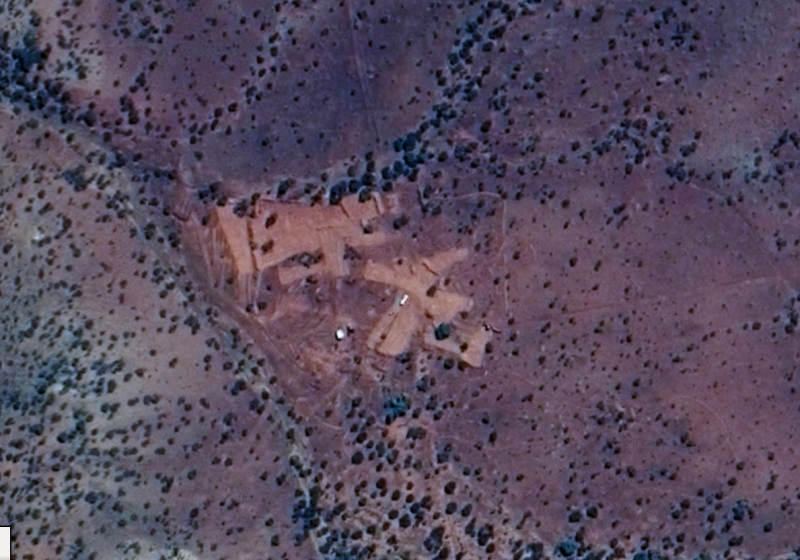

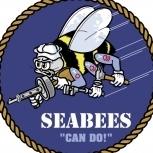
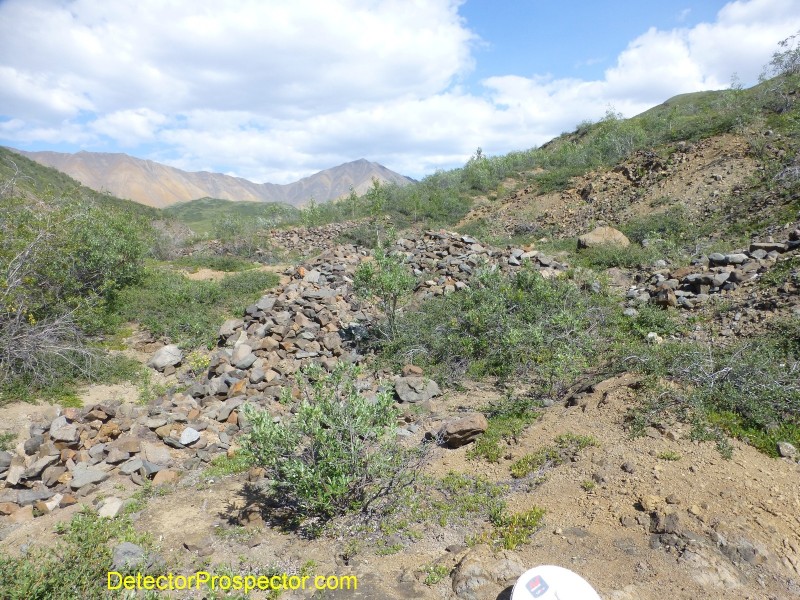
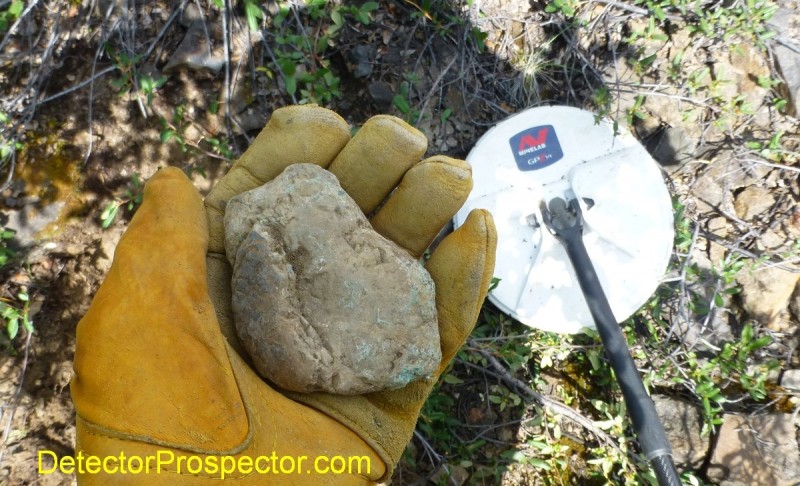
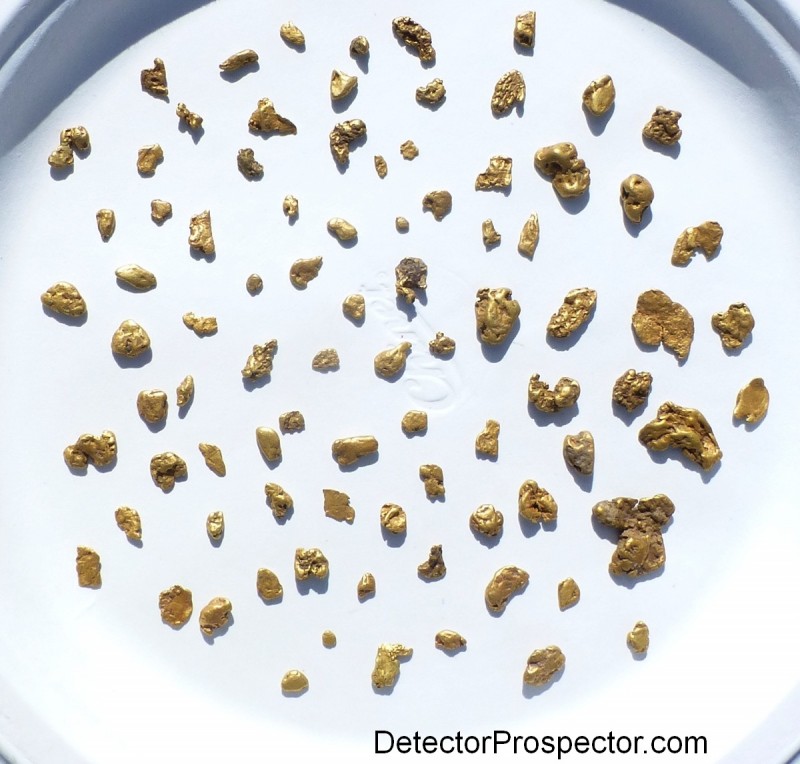
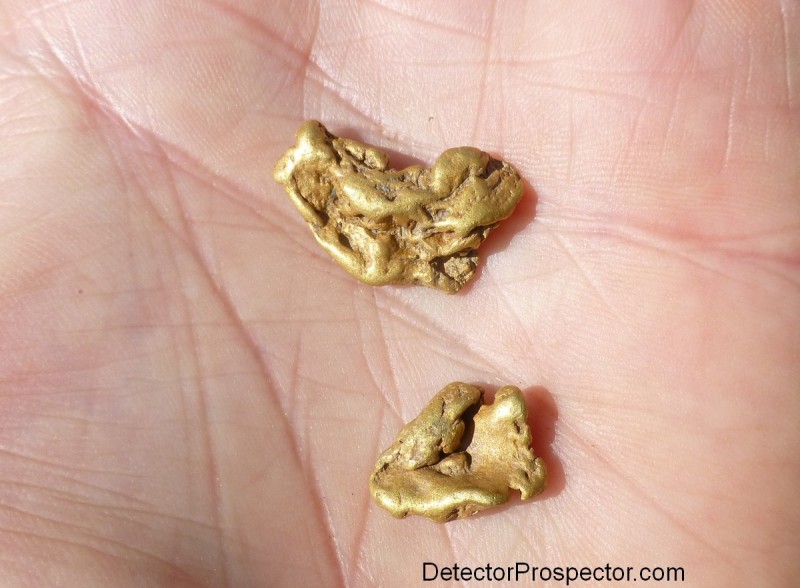
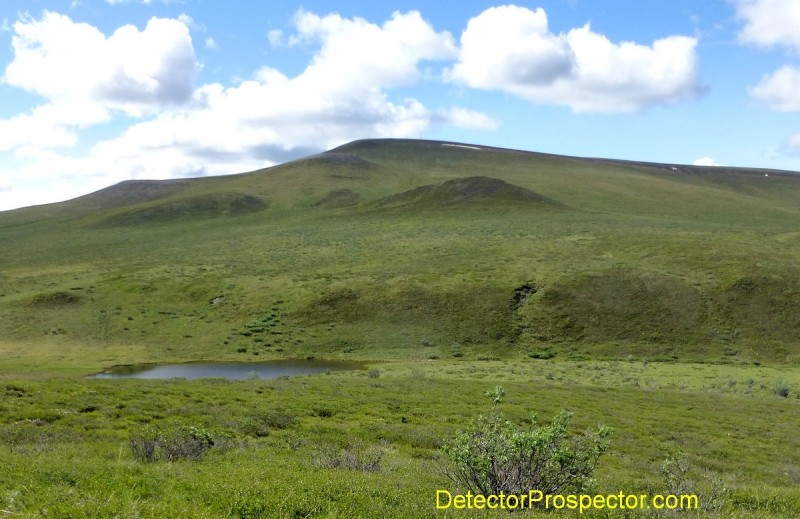
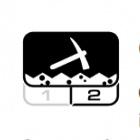


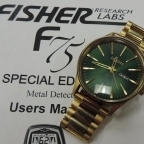
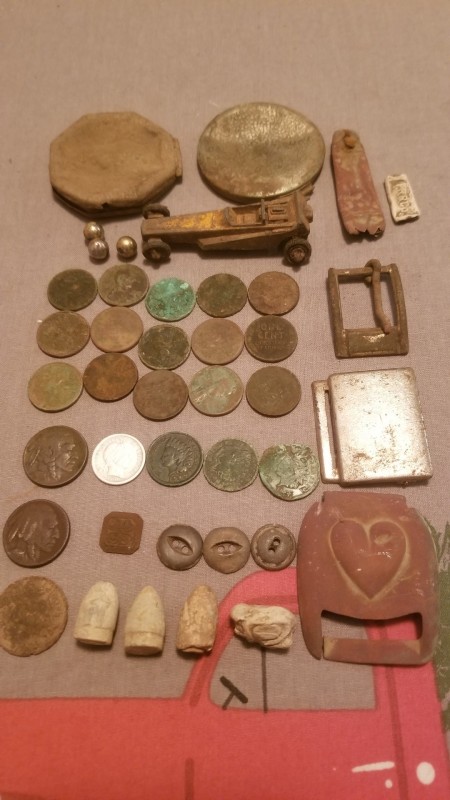
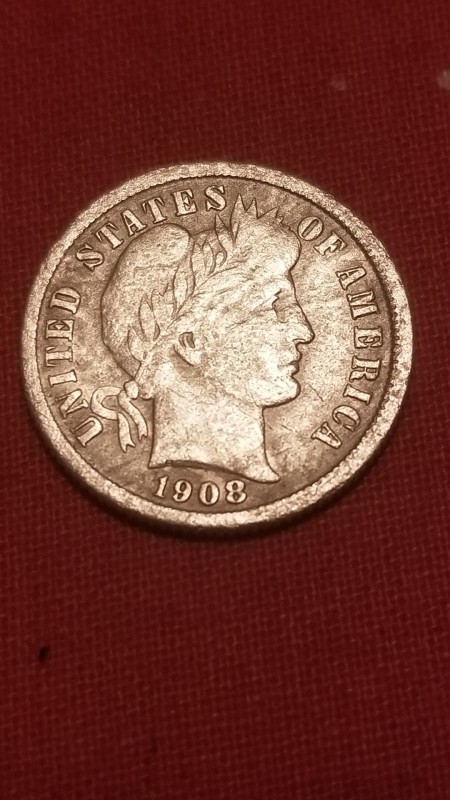
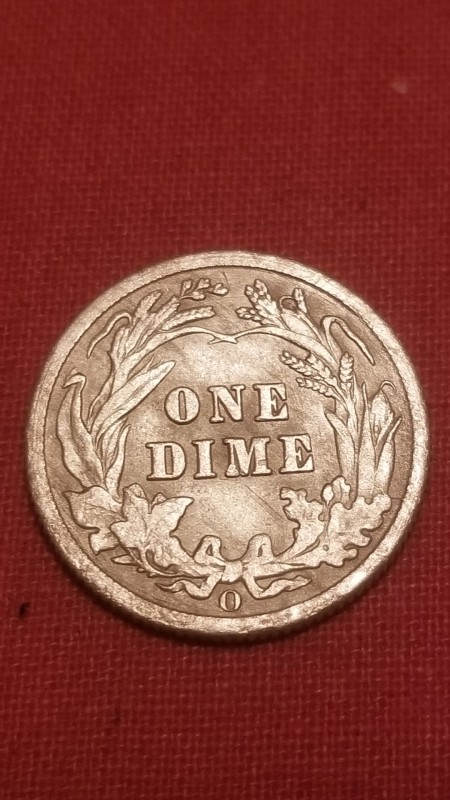

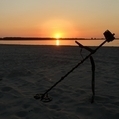
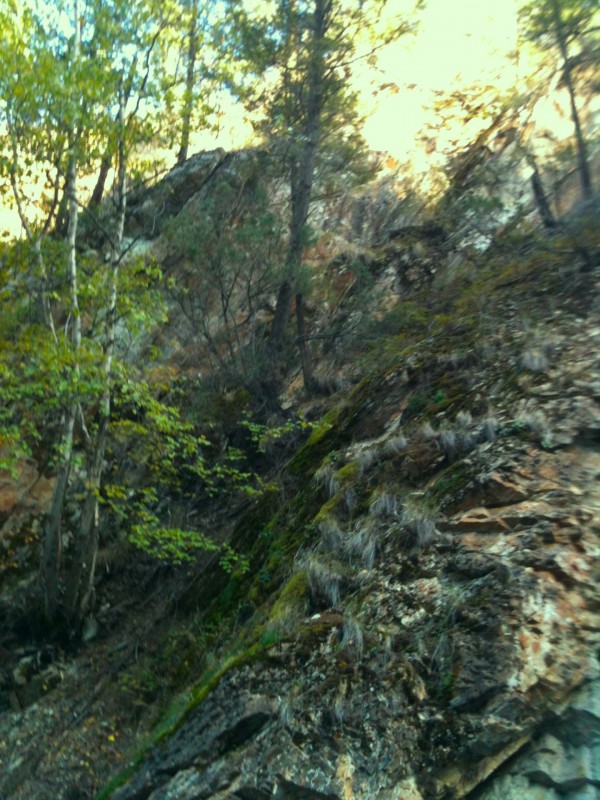
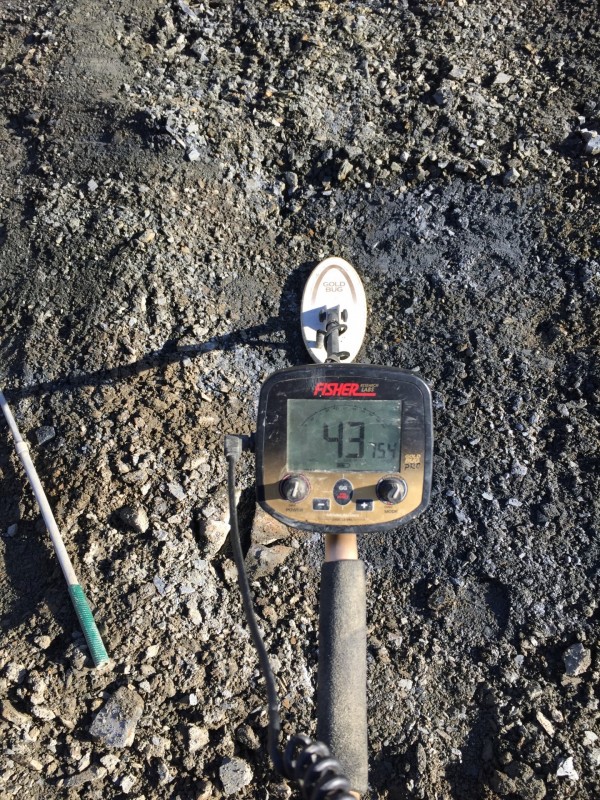
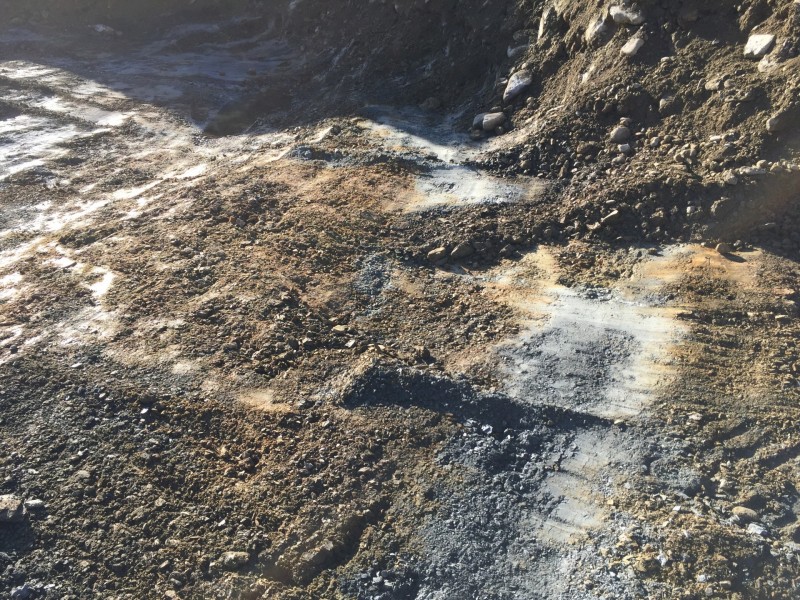
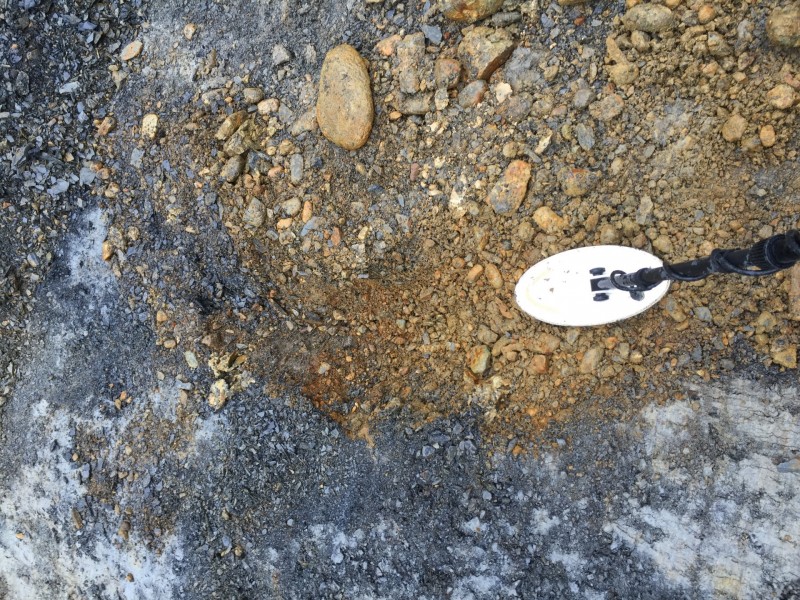
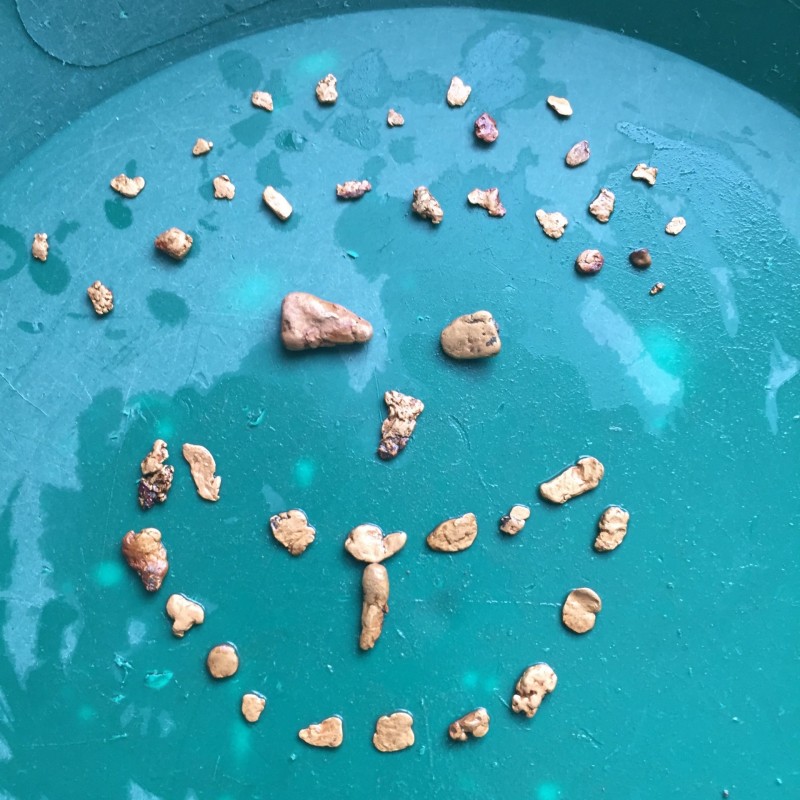
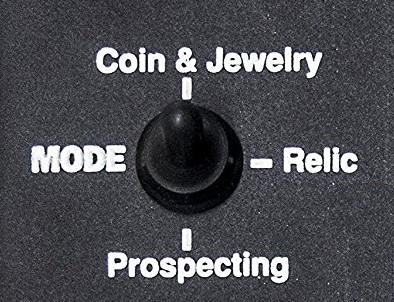

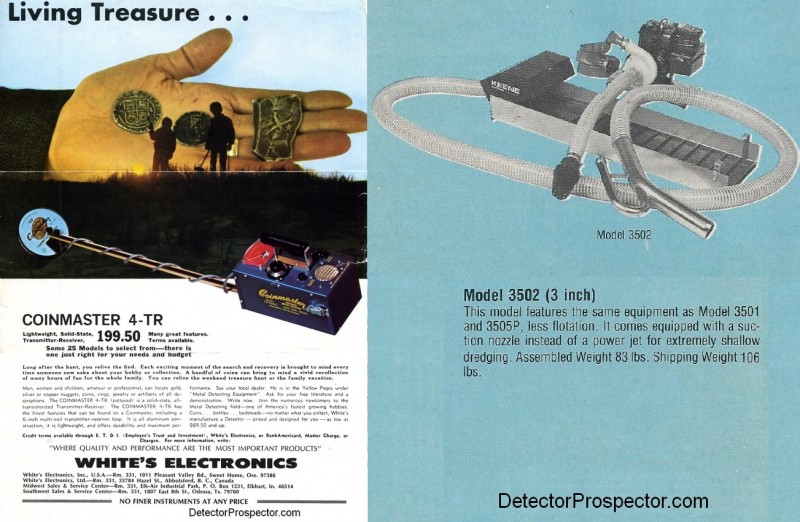
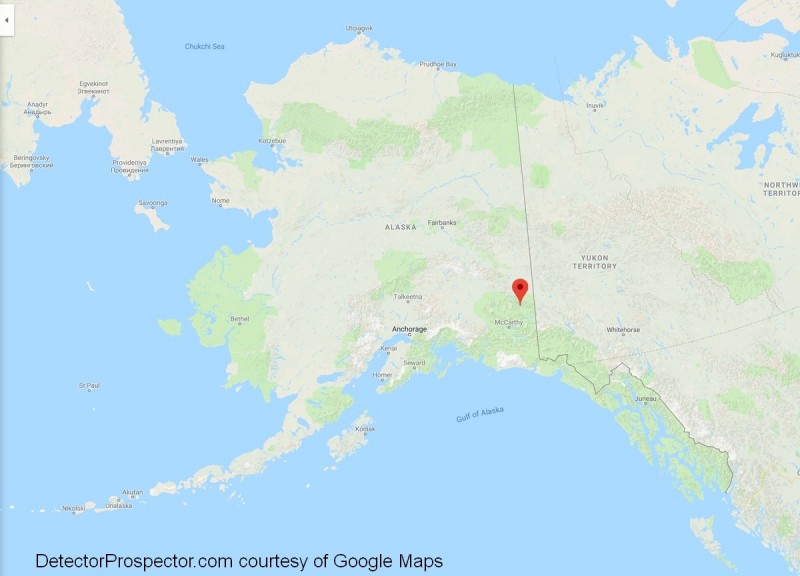
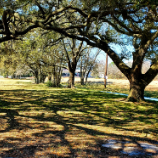

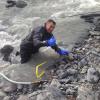
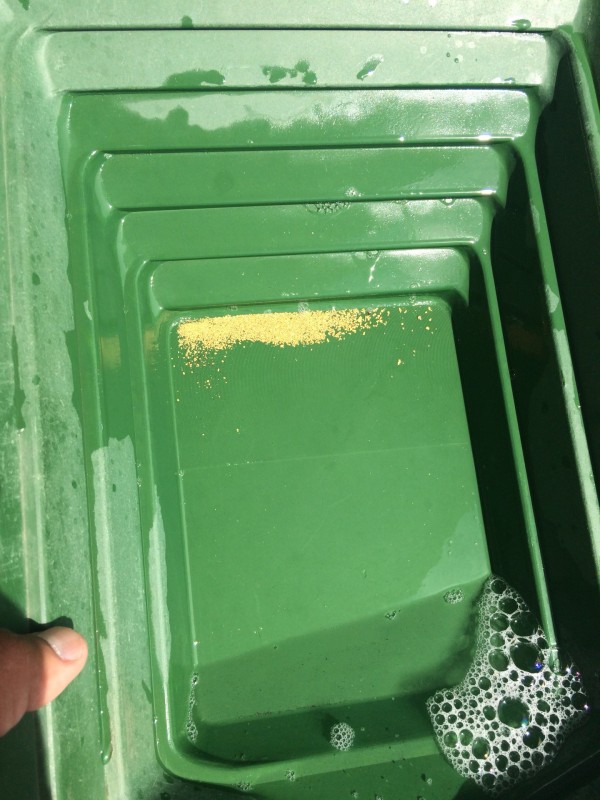
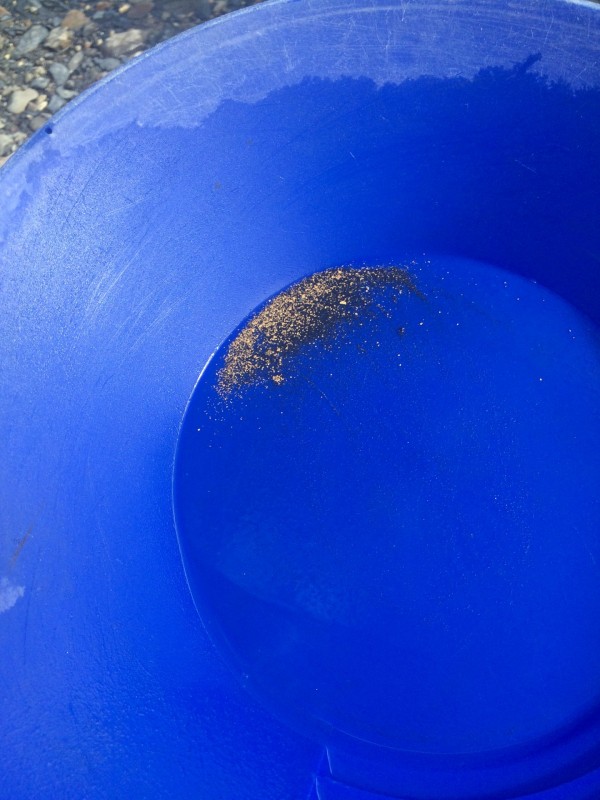
.thumb.jpg.77e4cb5bf39d44bdd2050d2edb7dfdb1.jpg)
